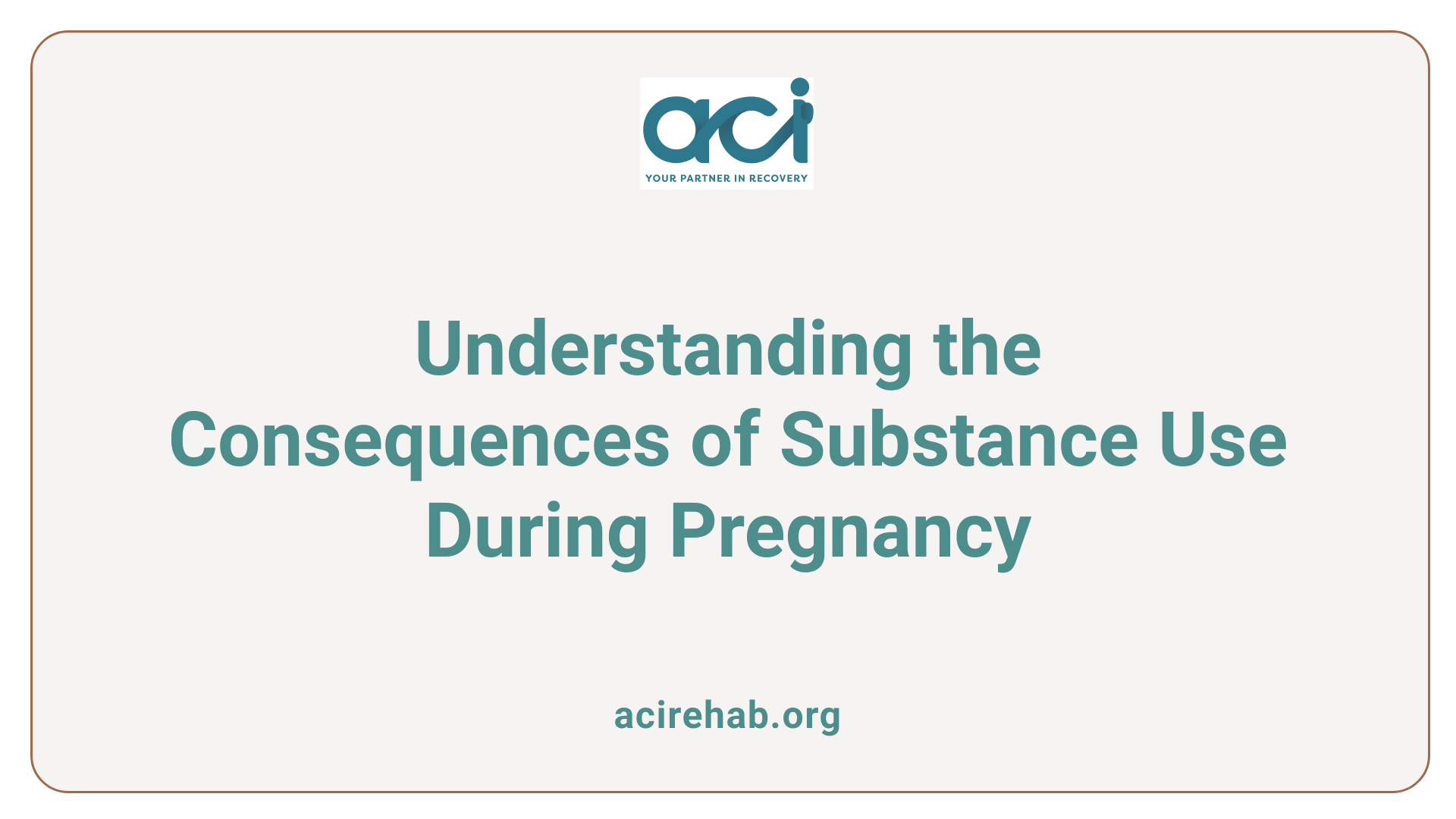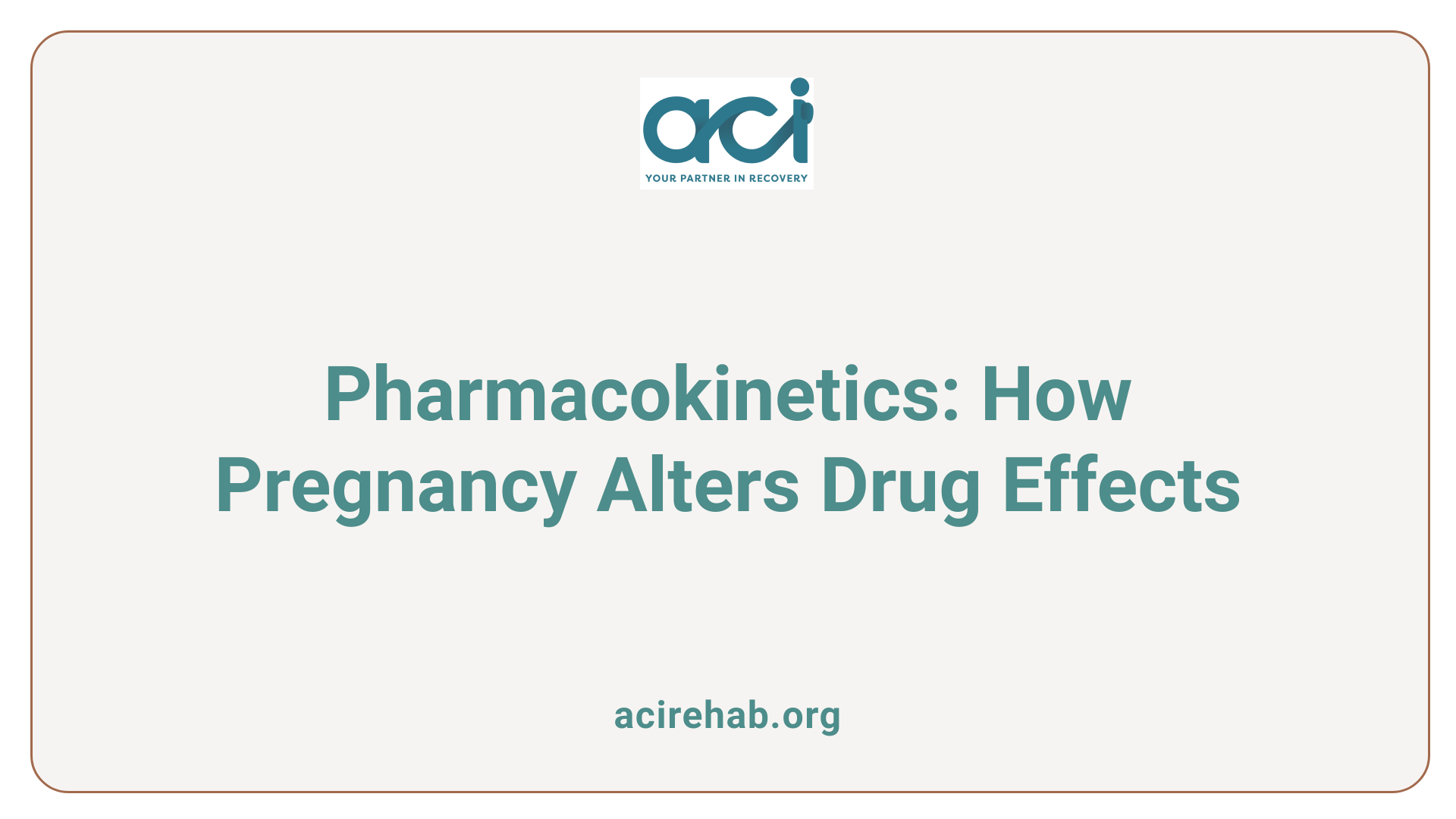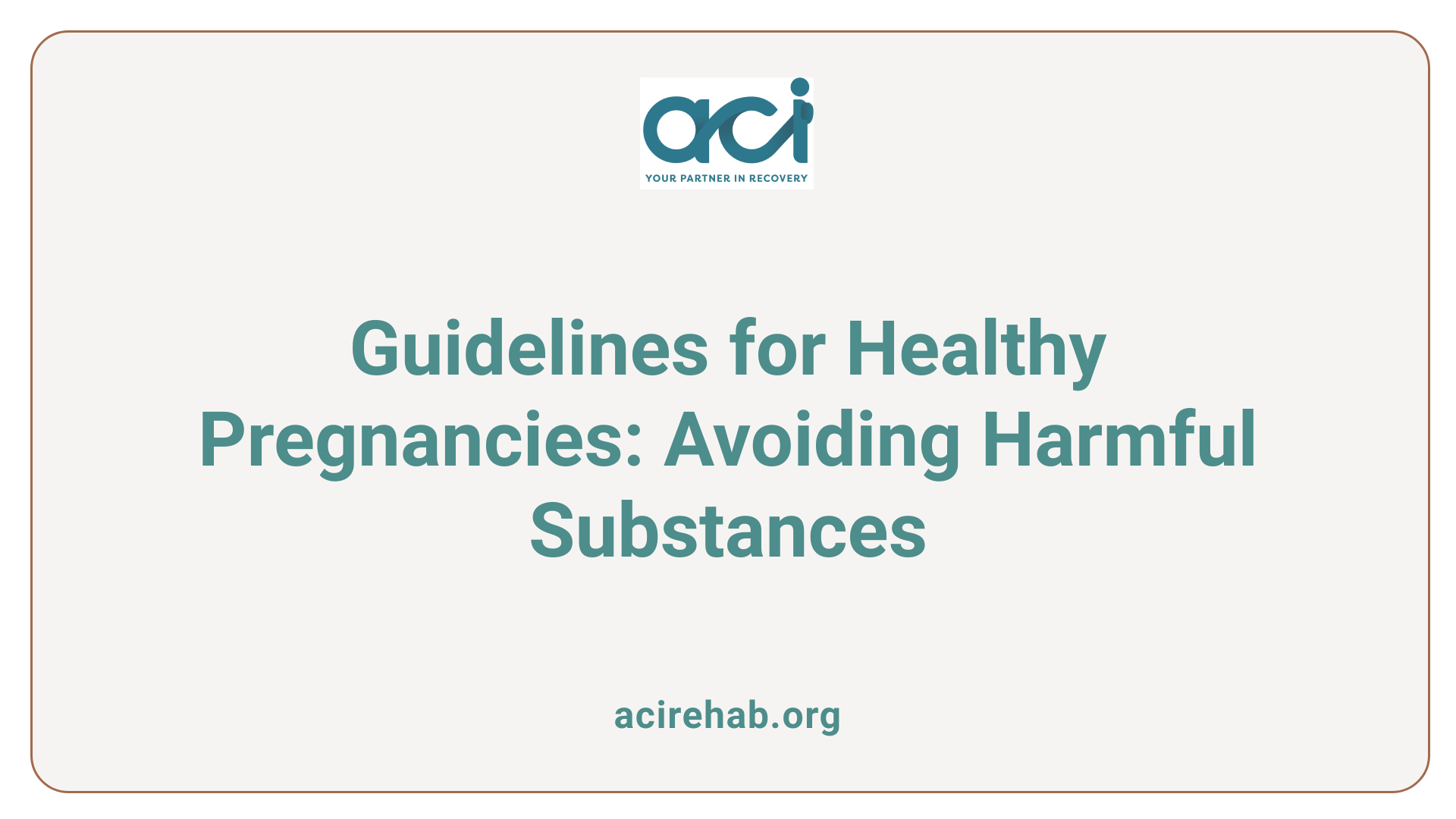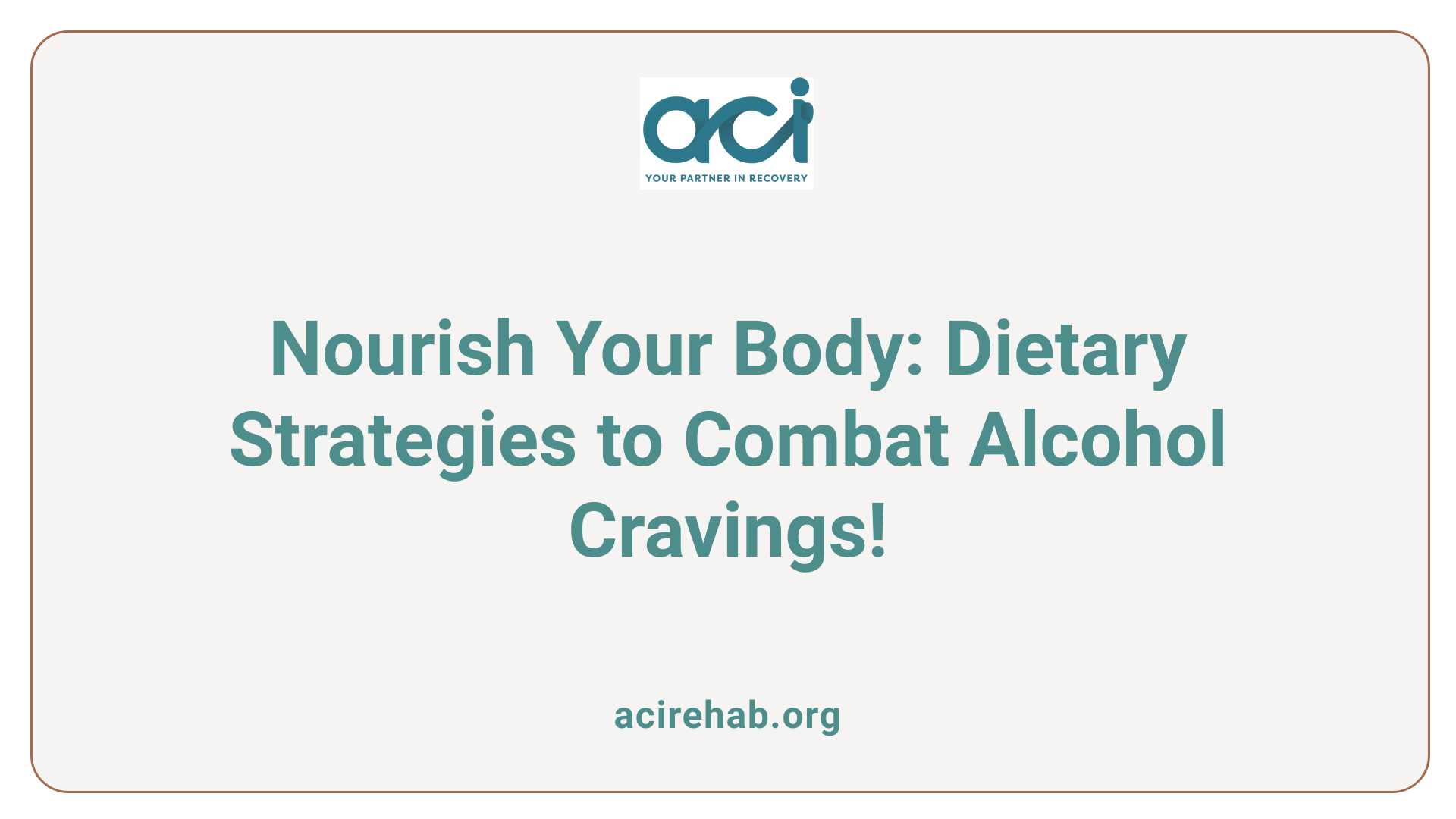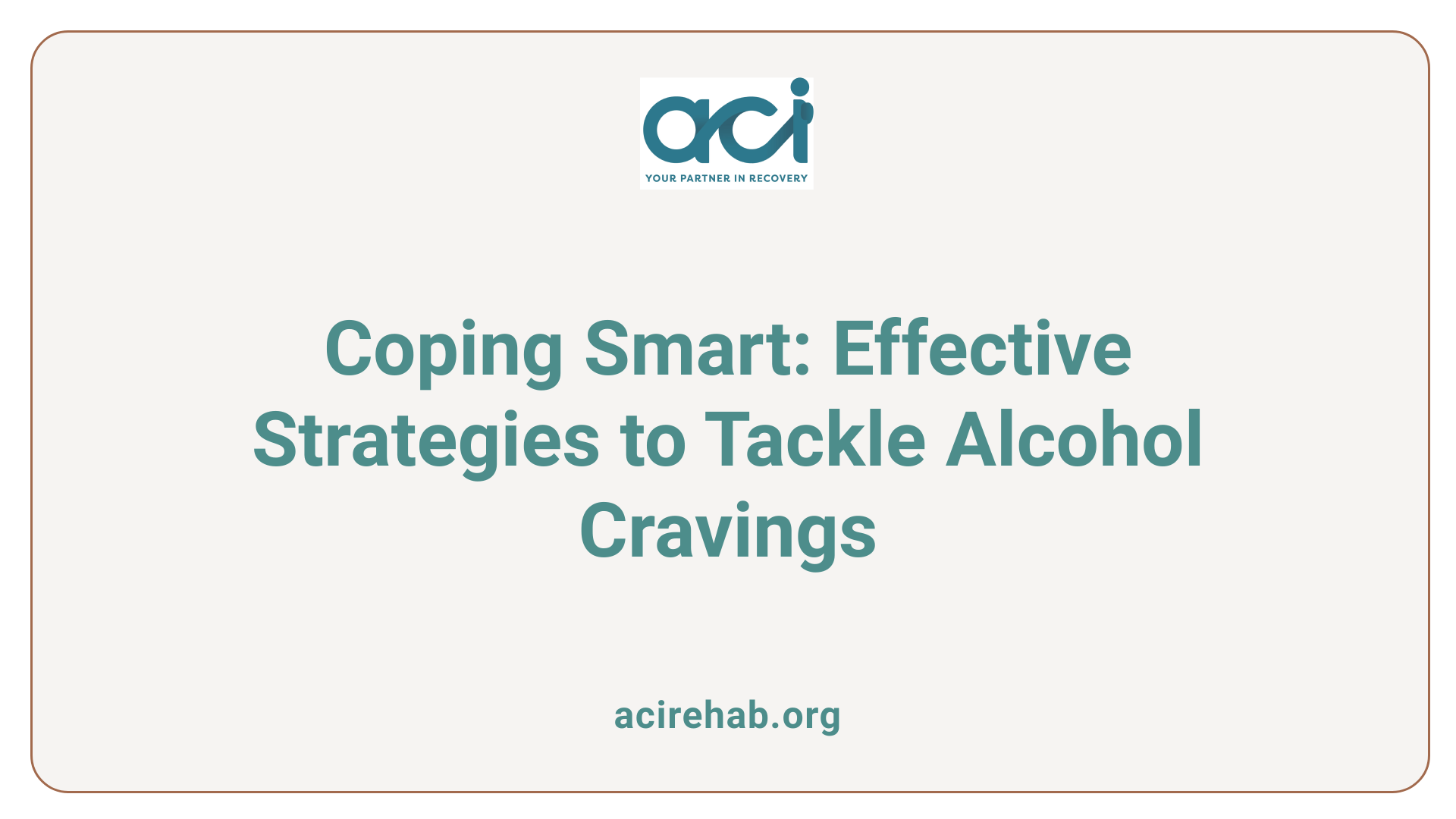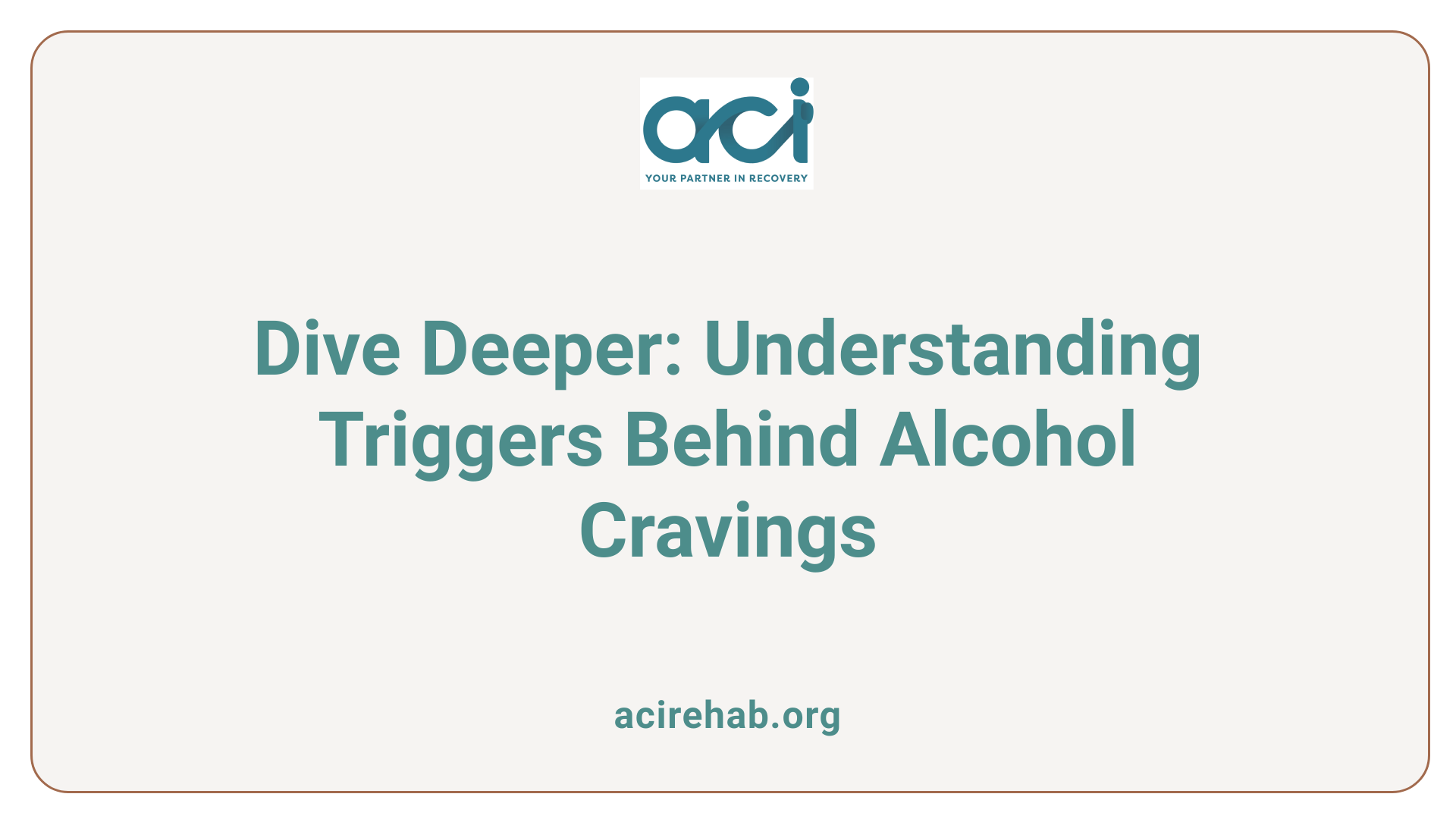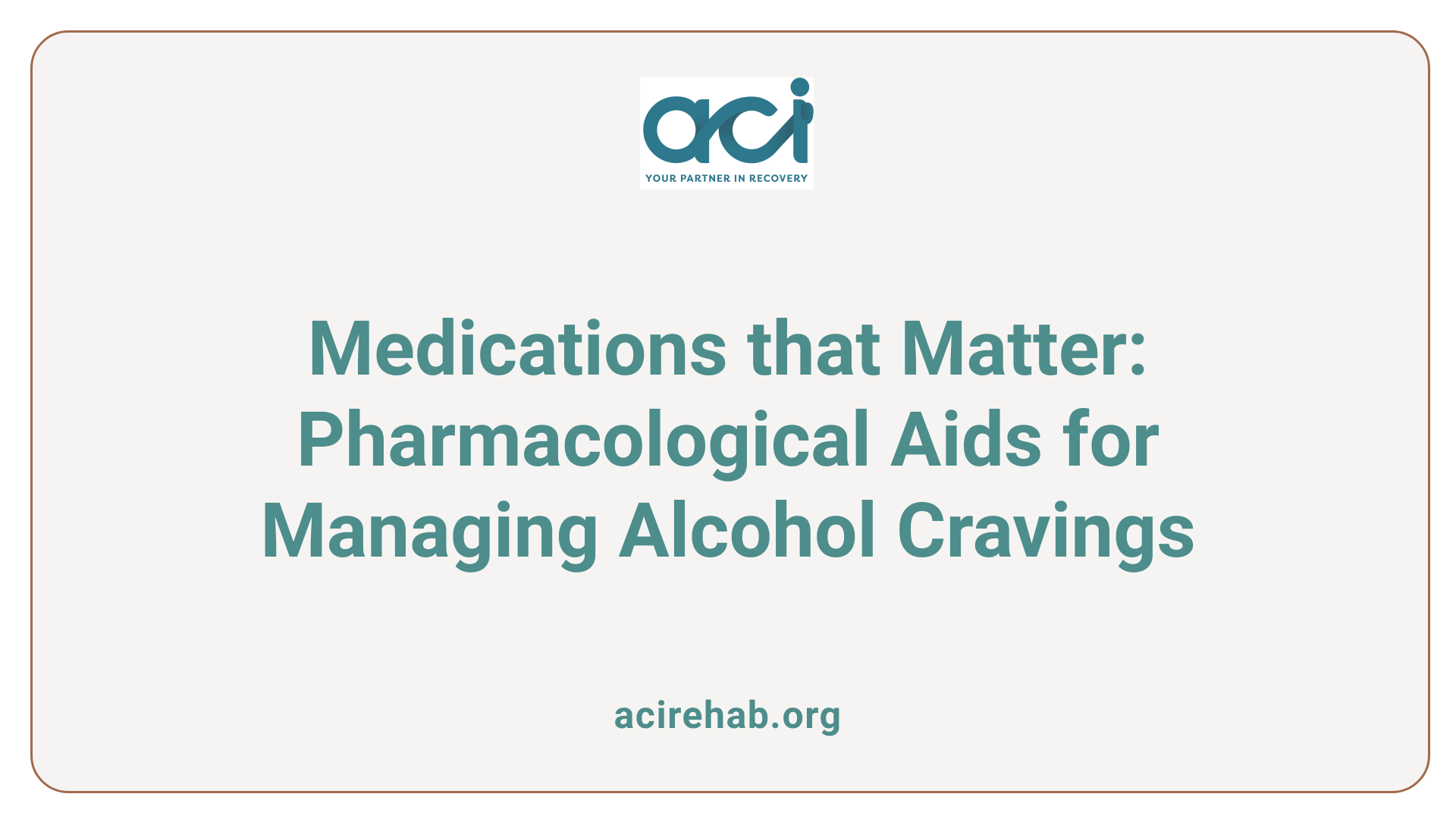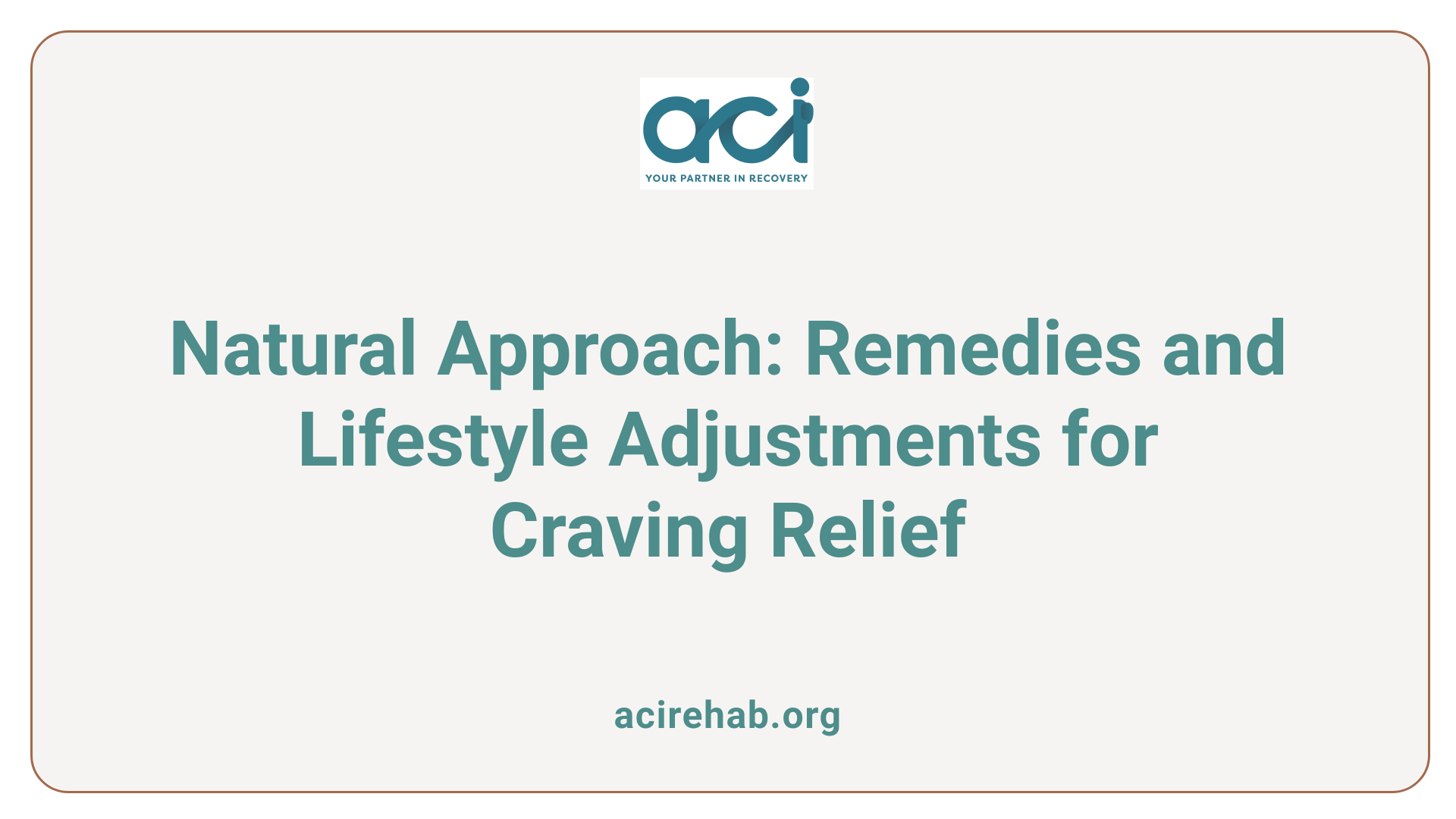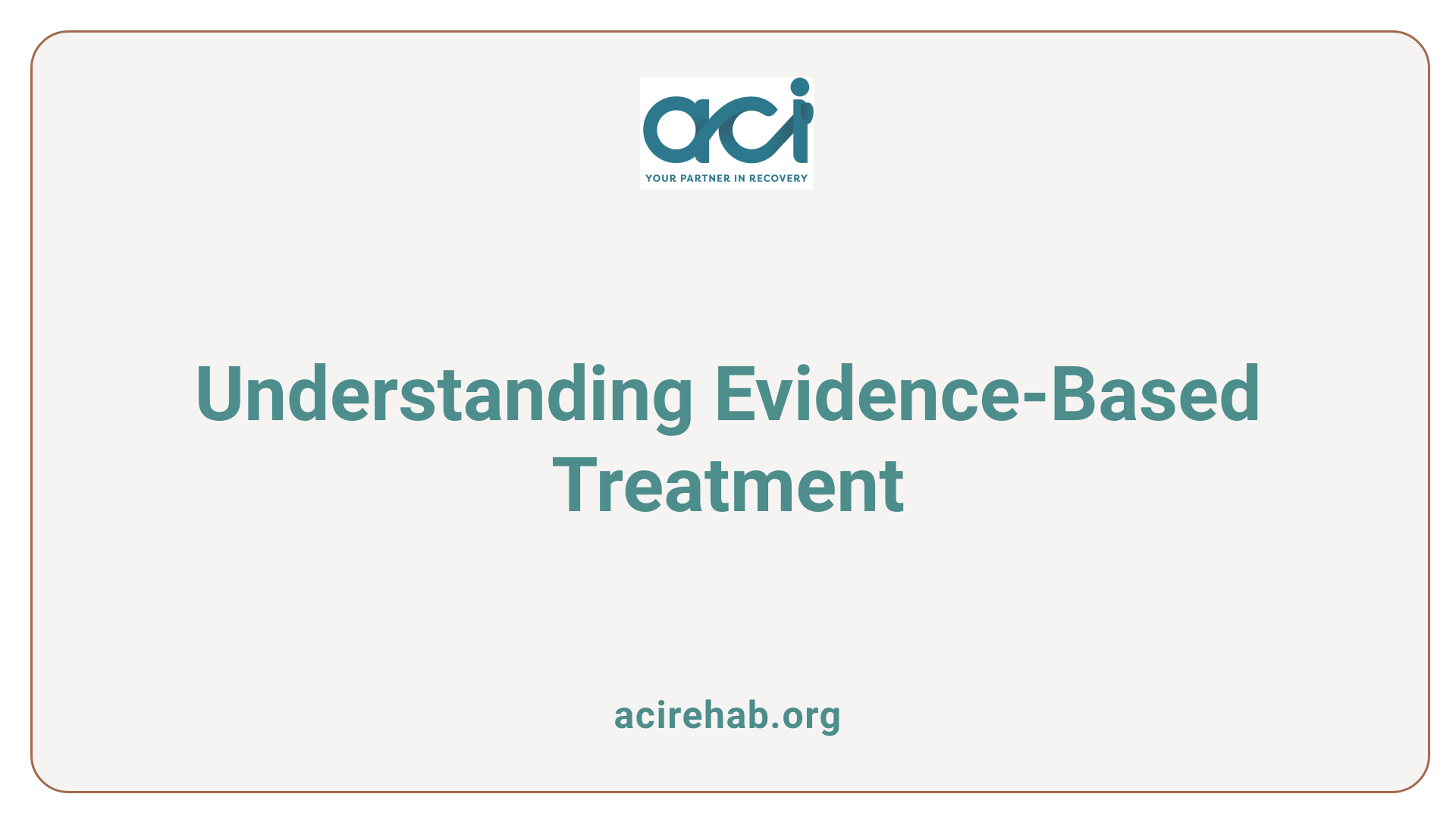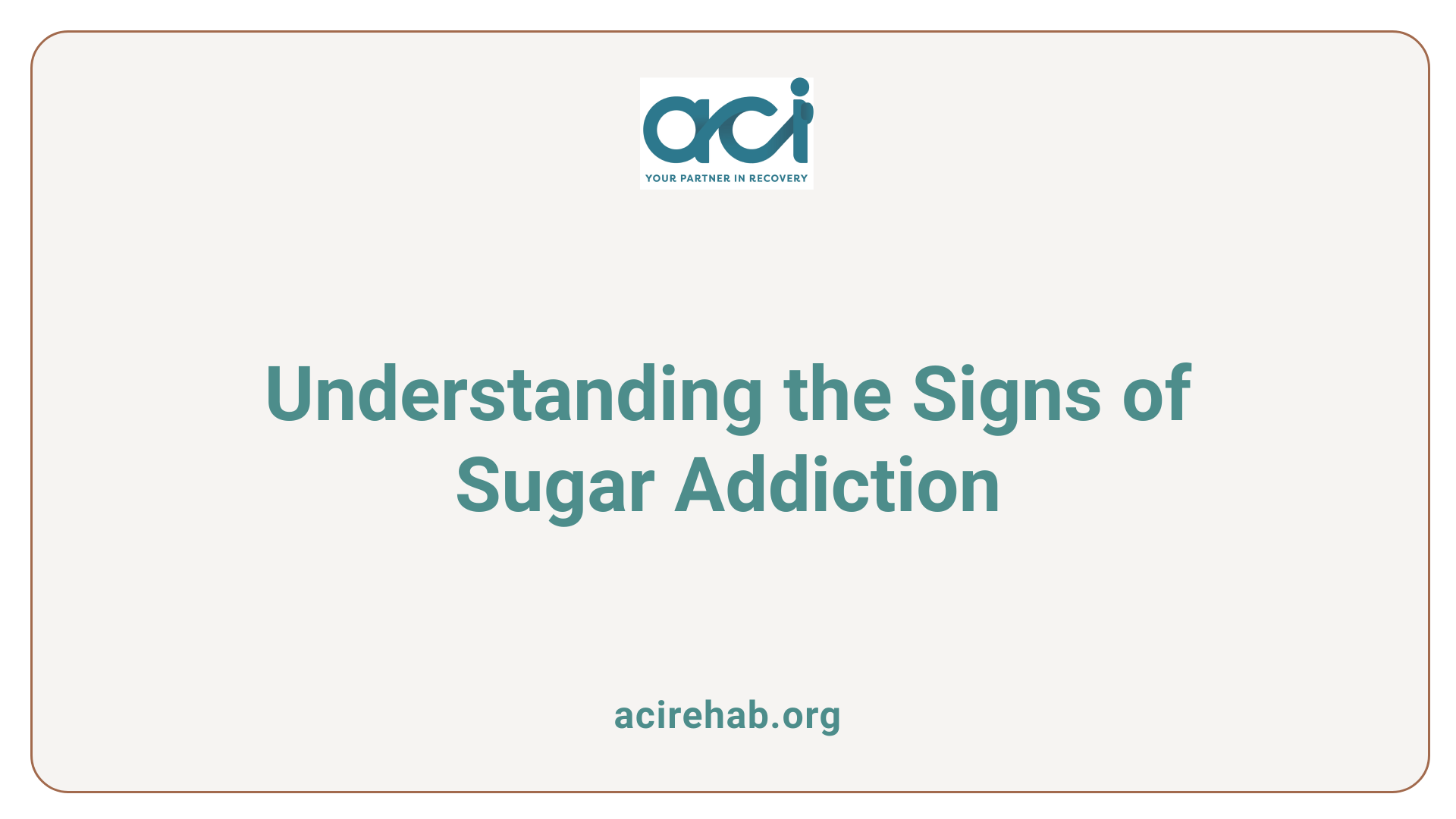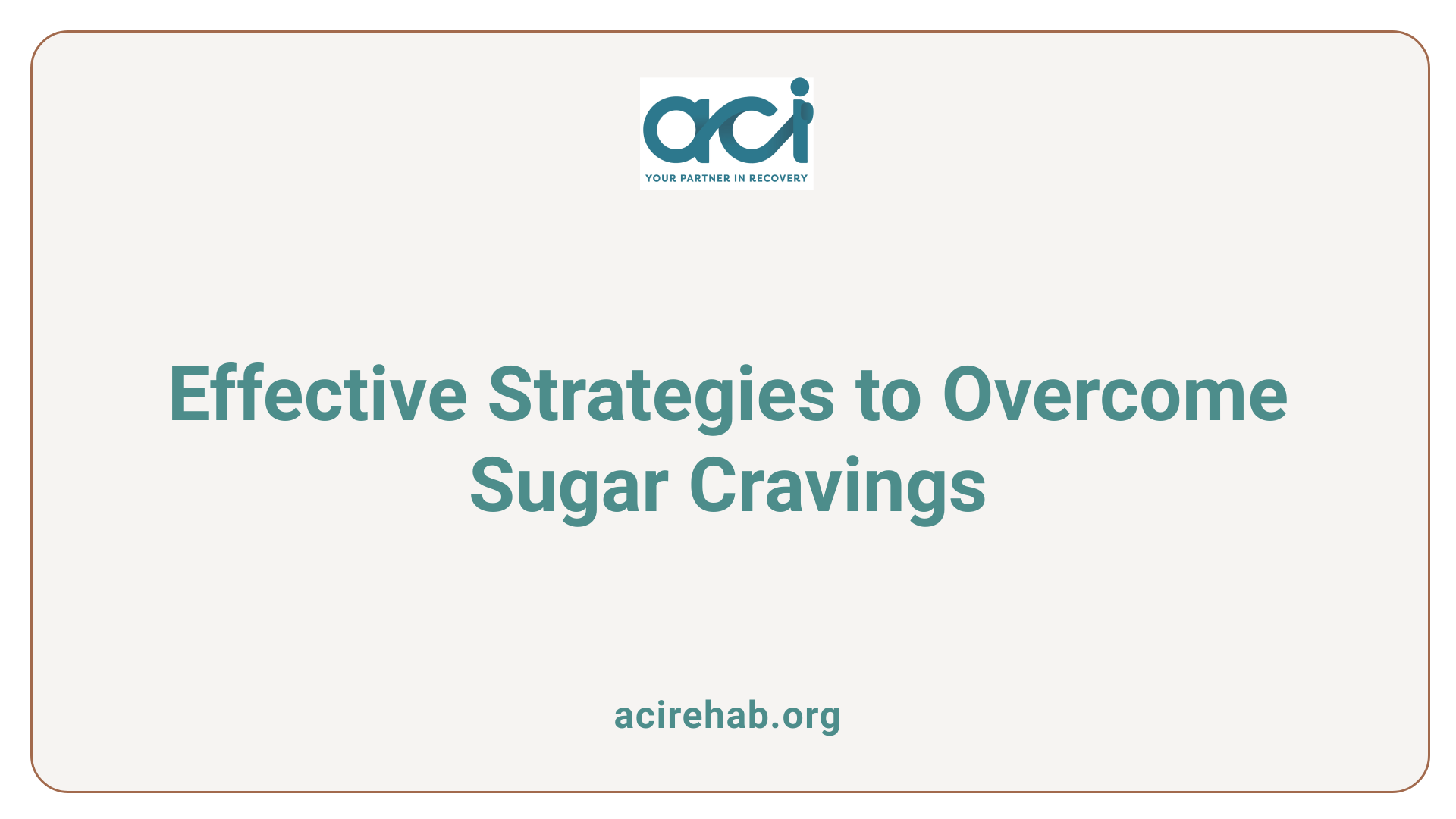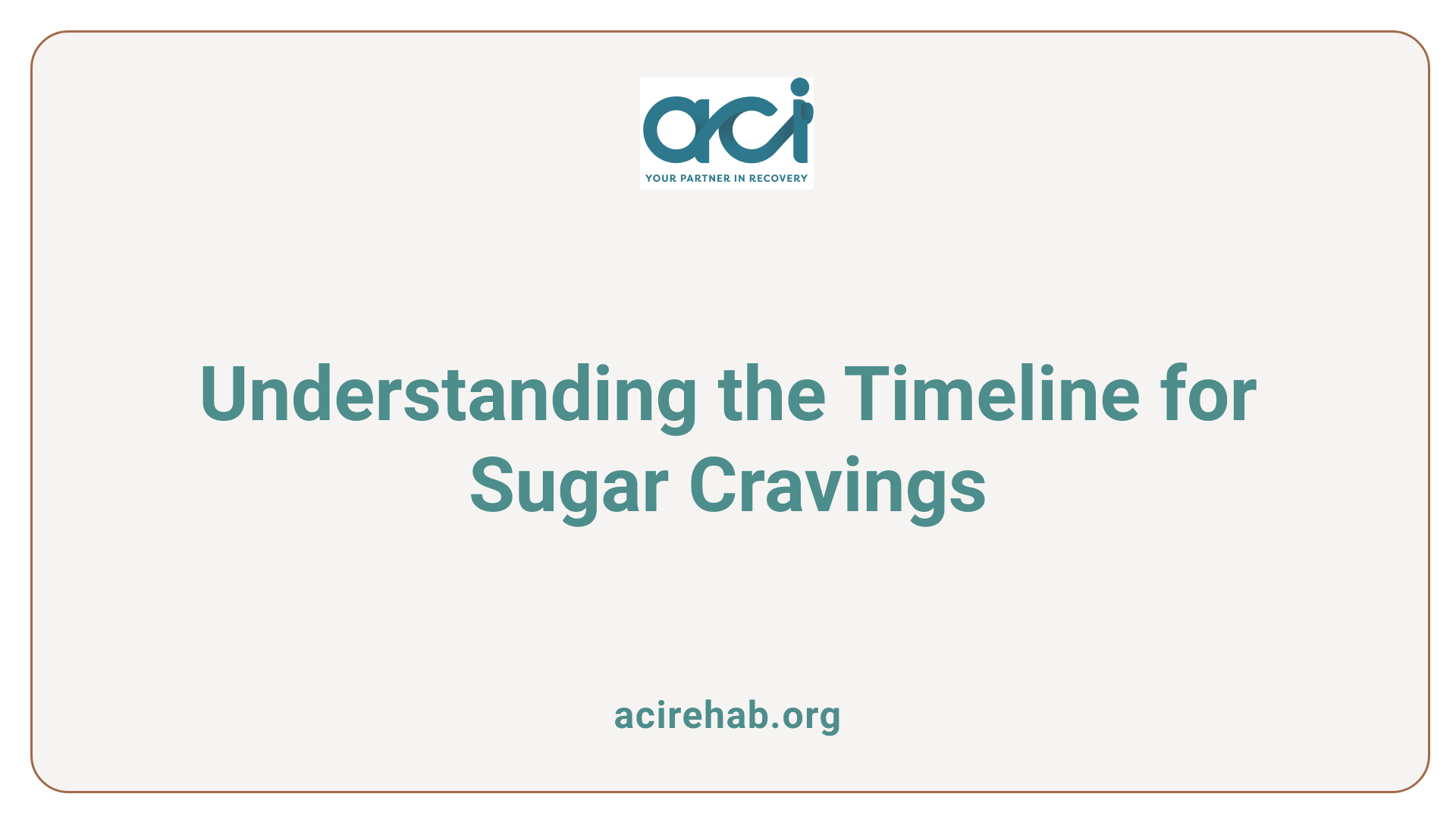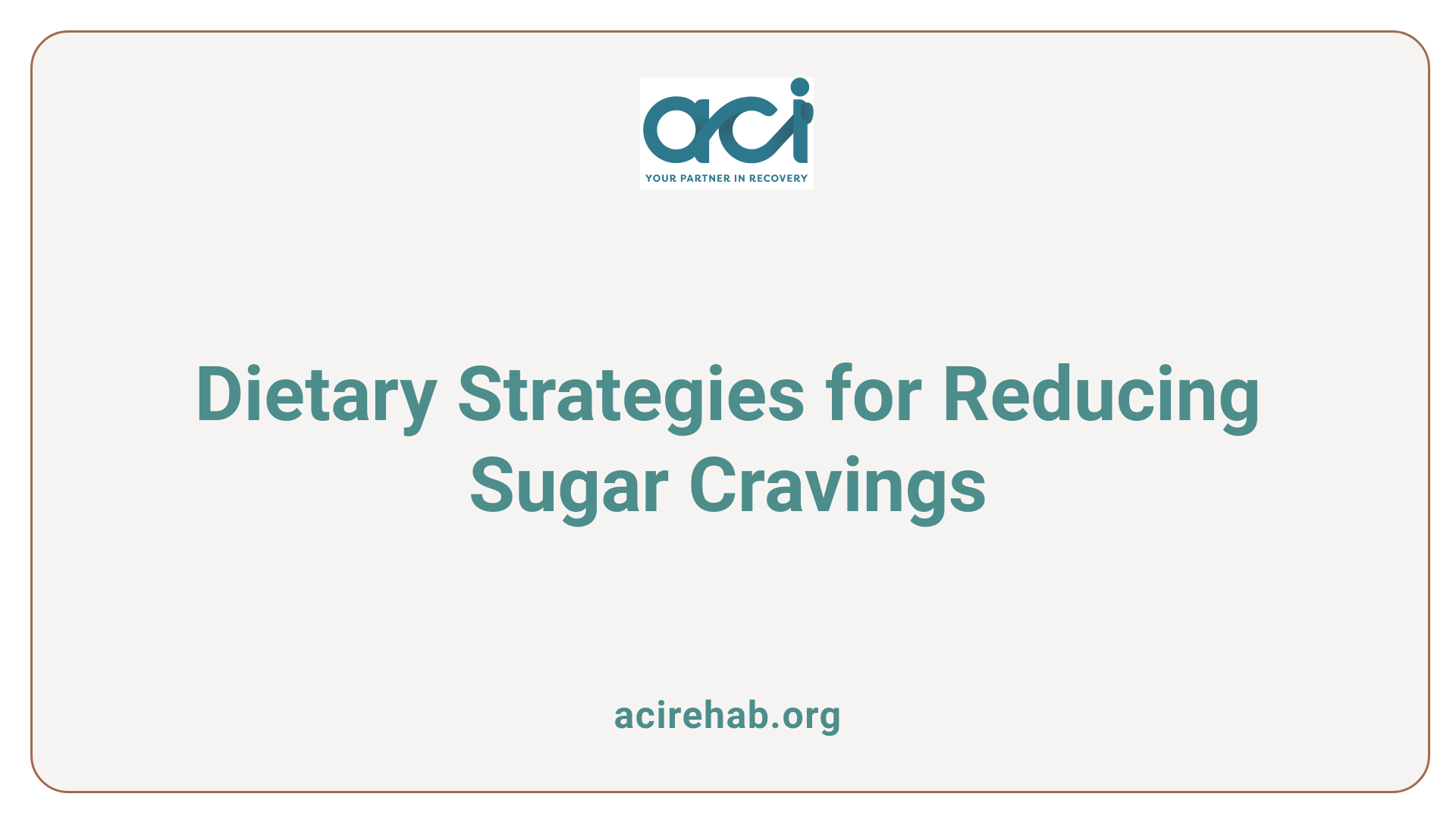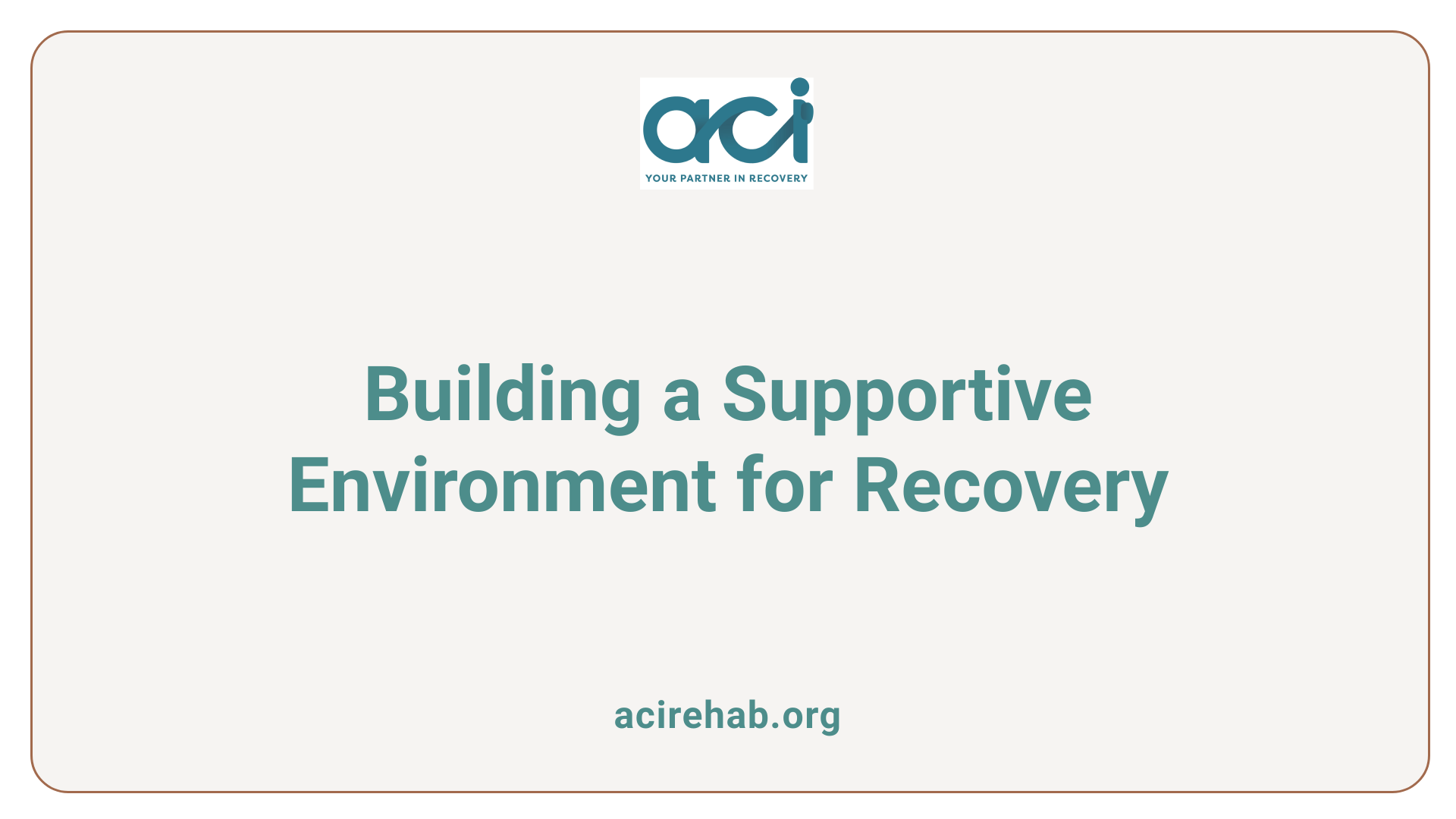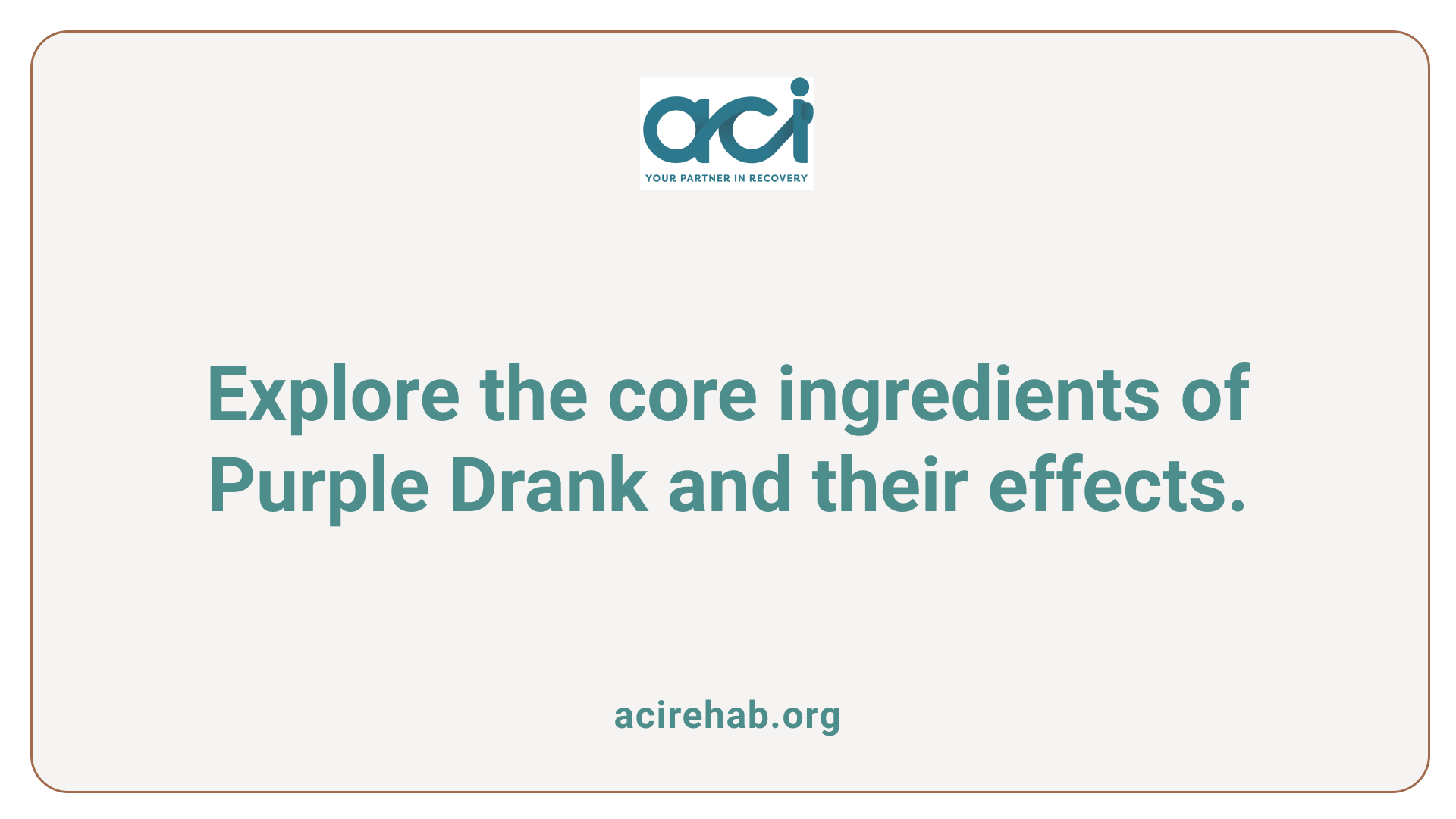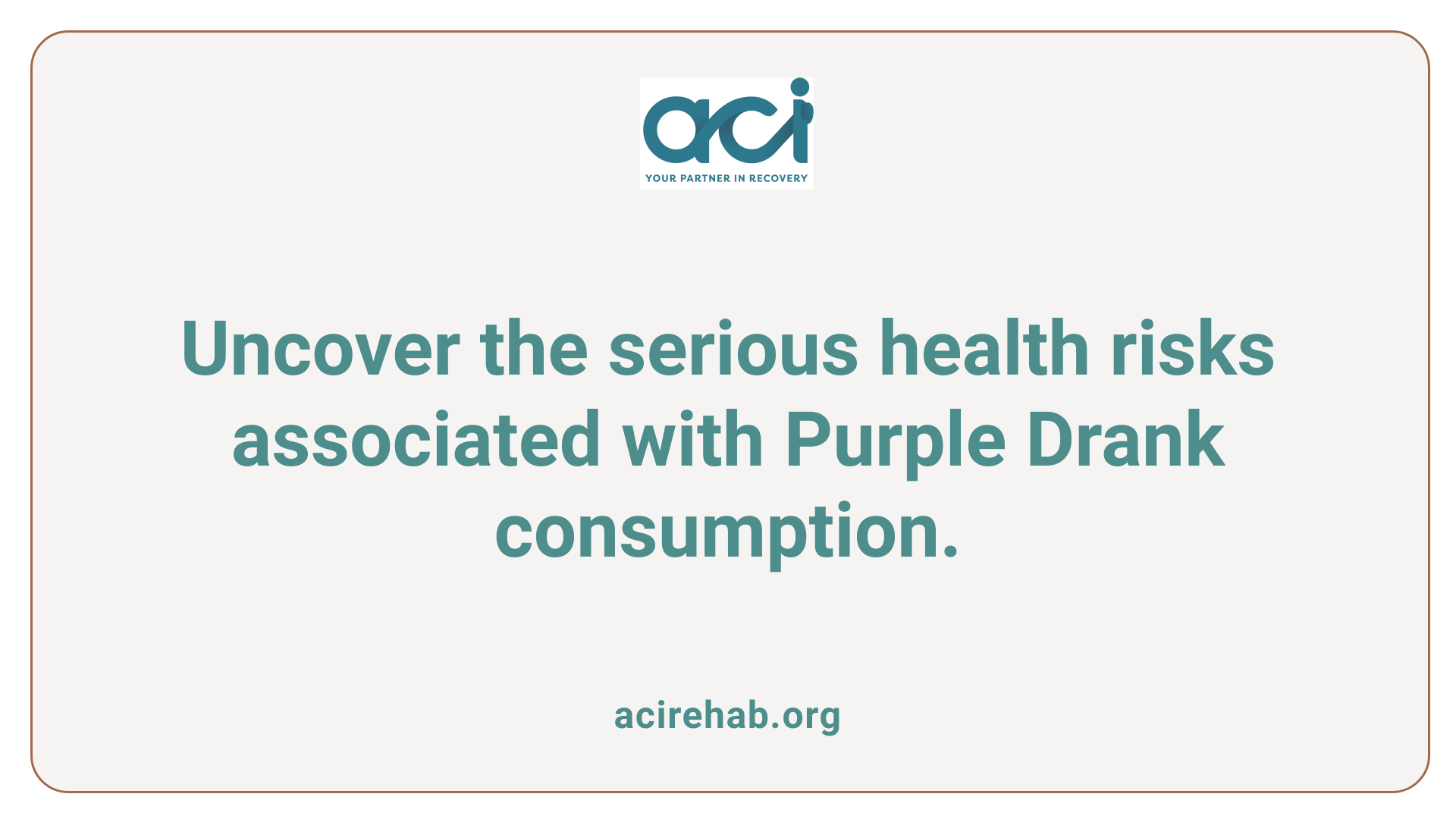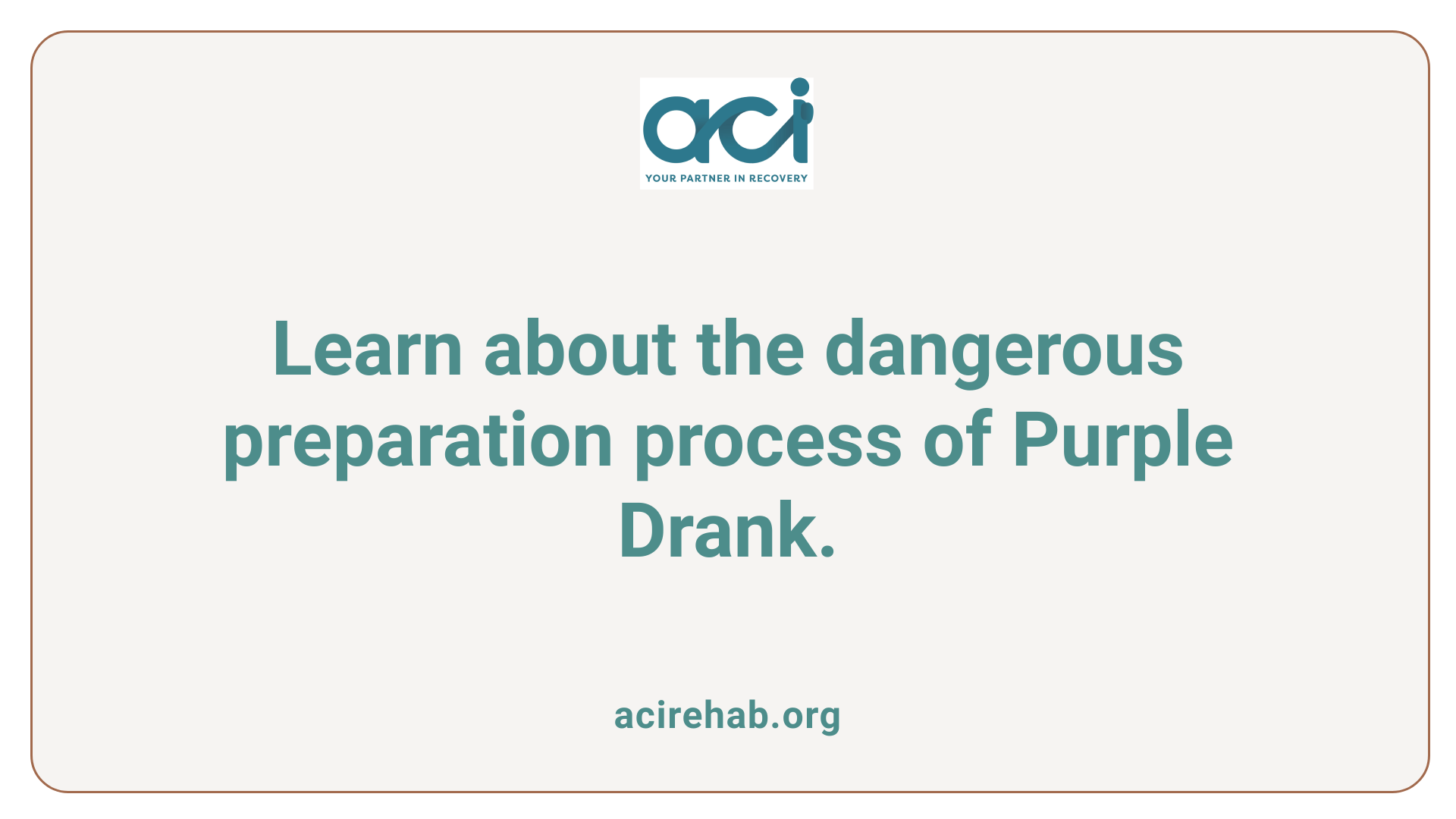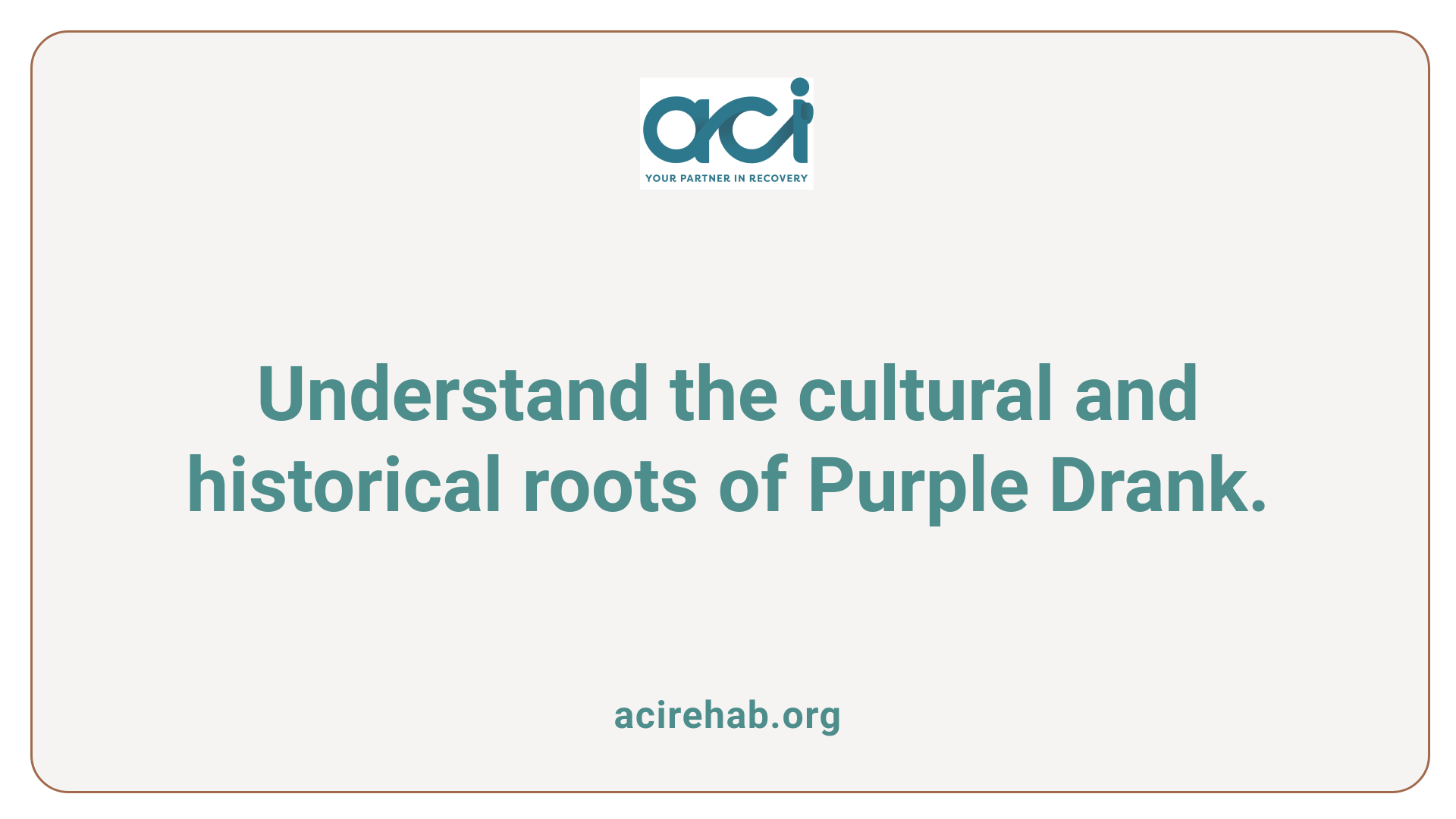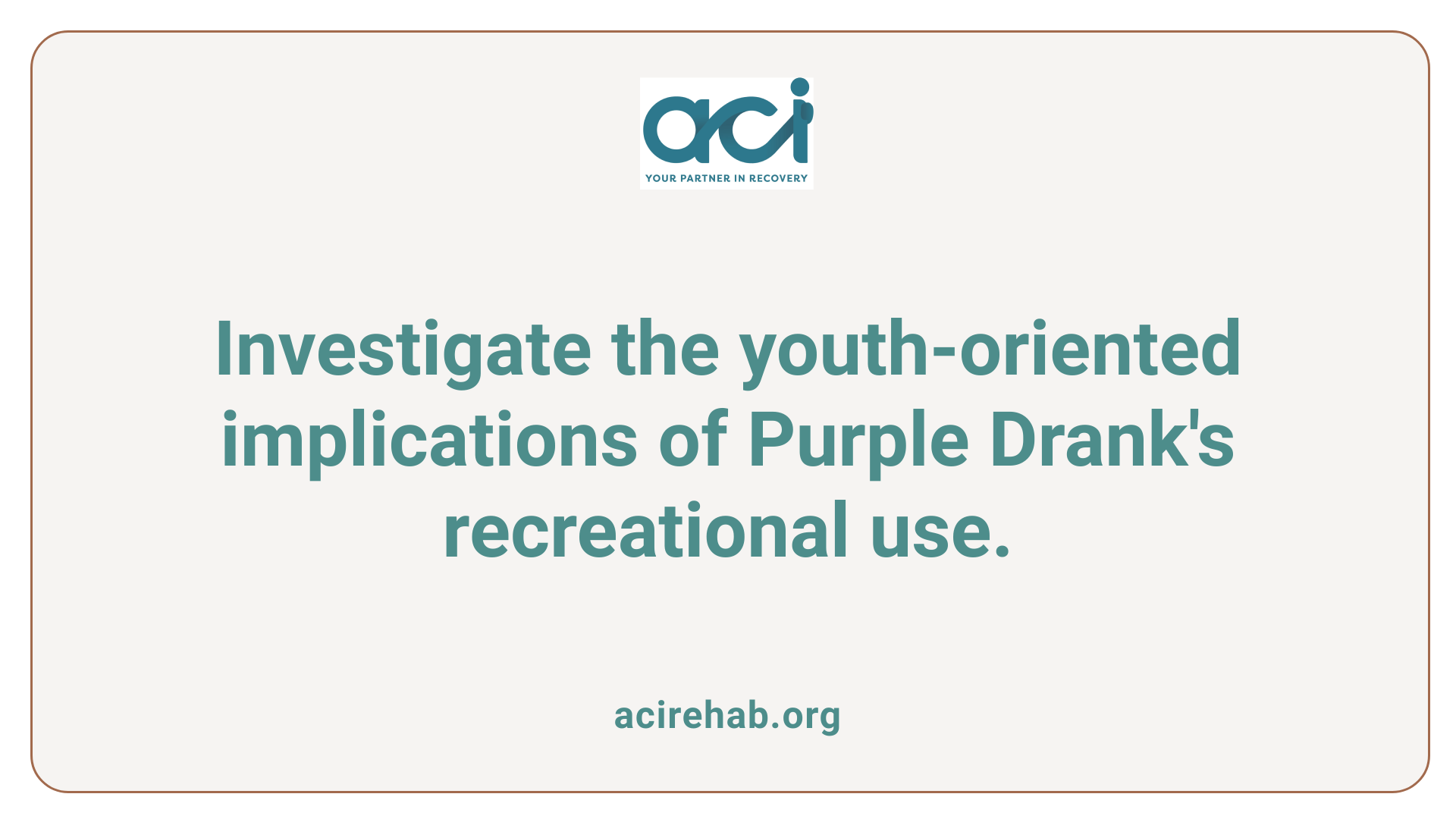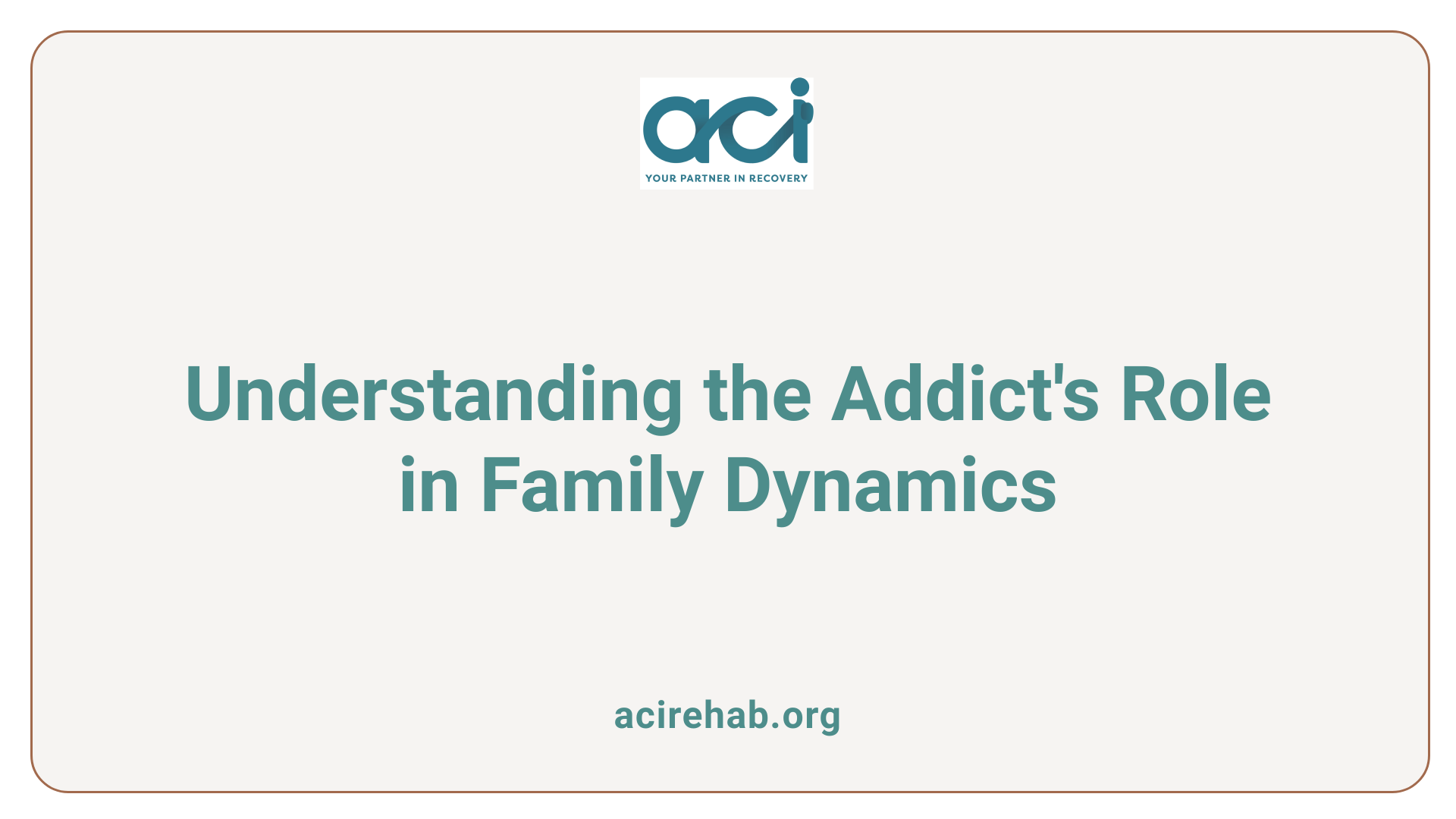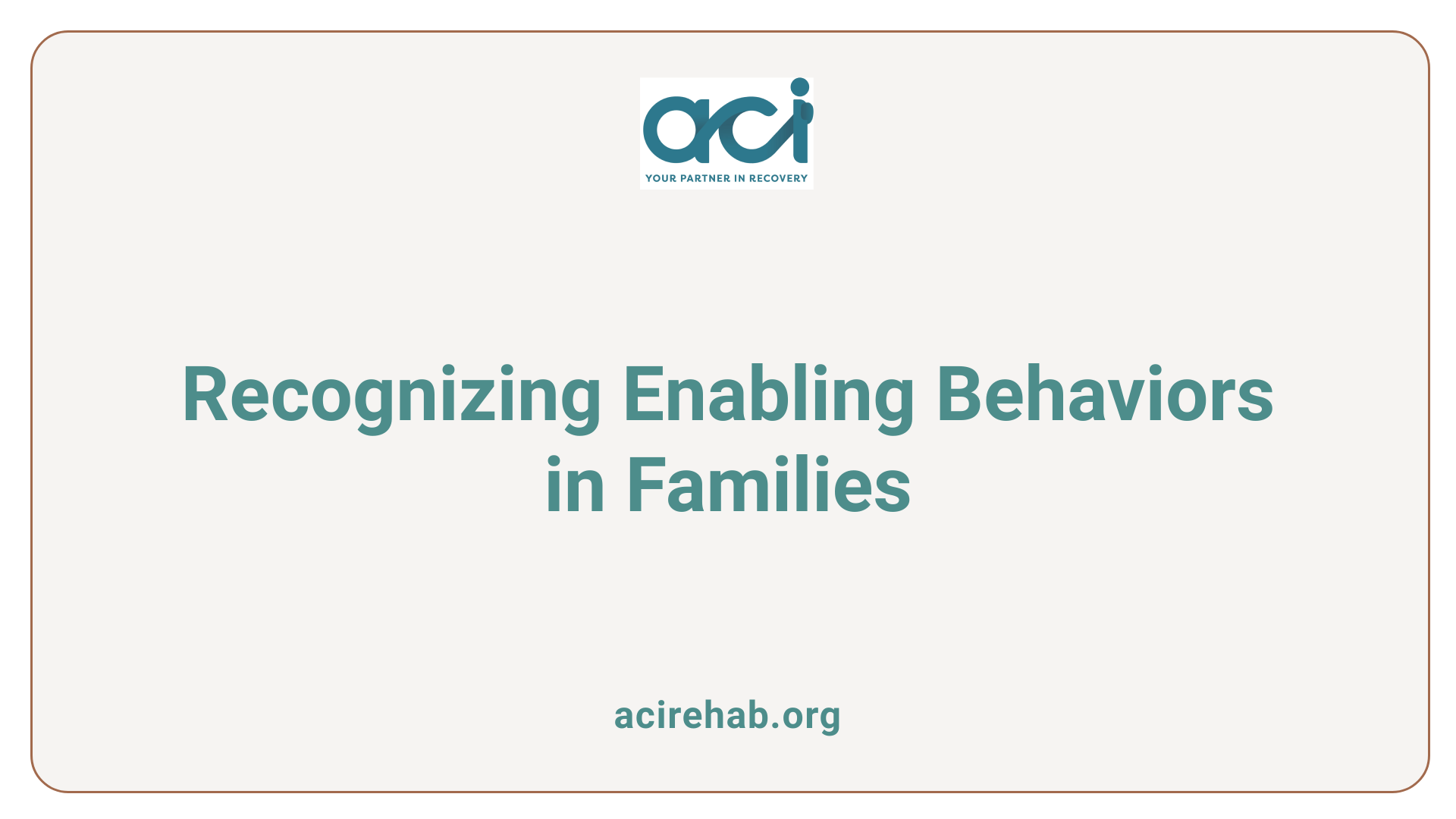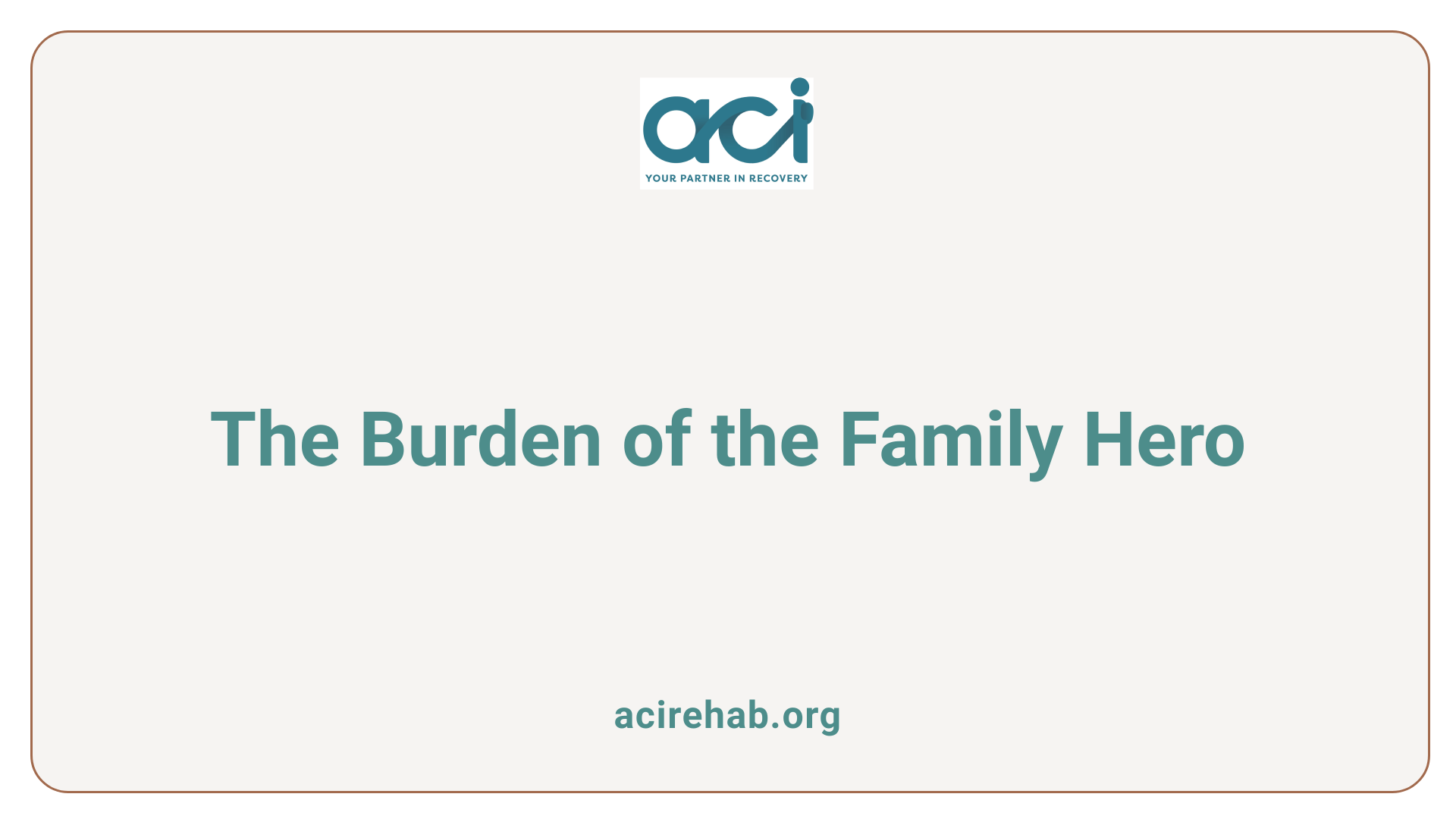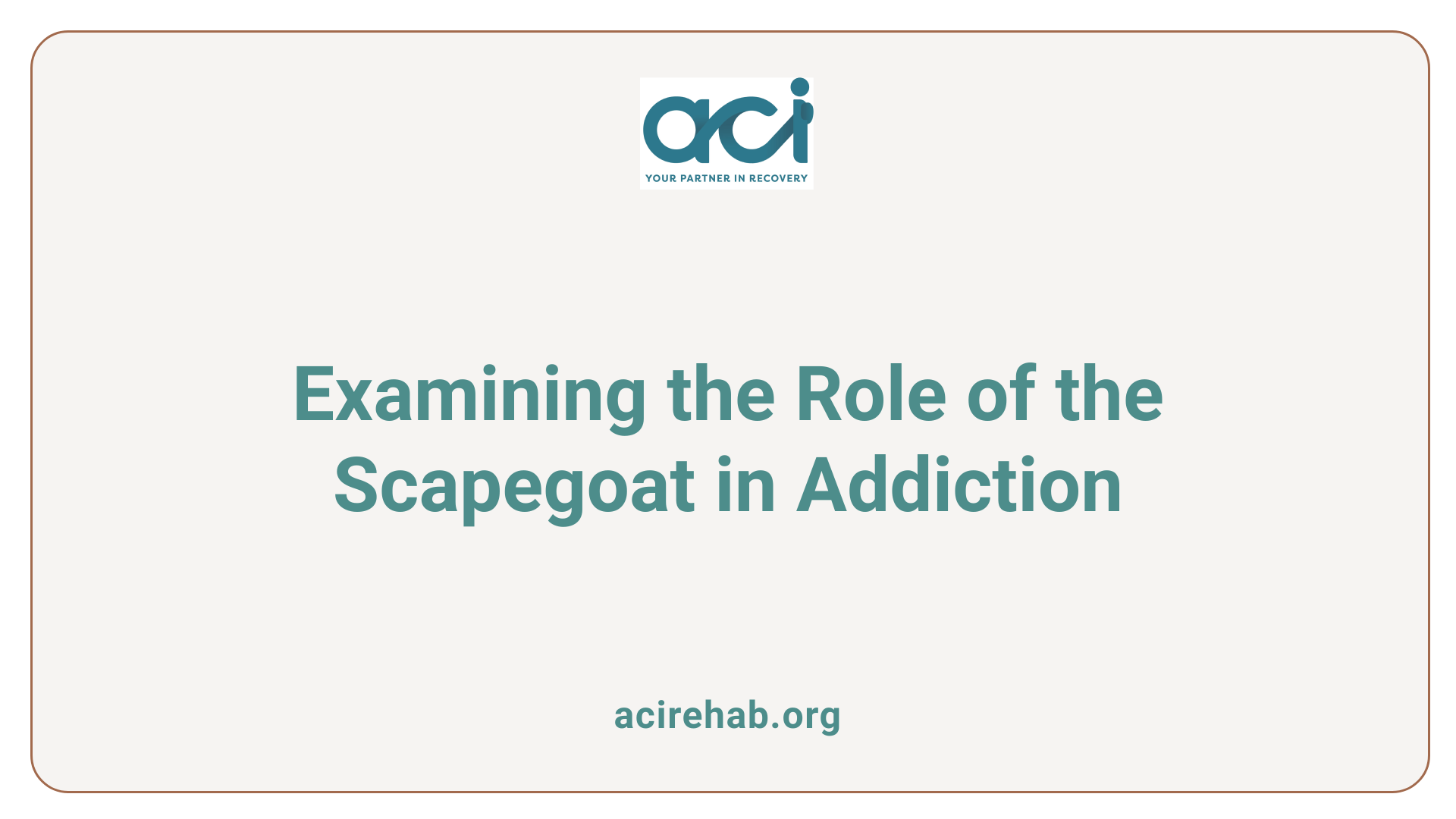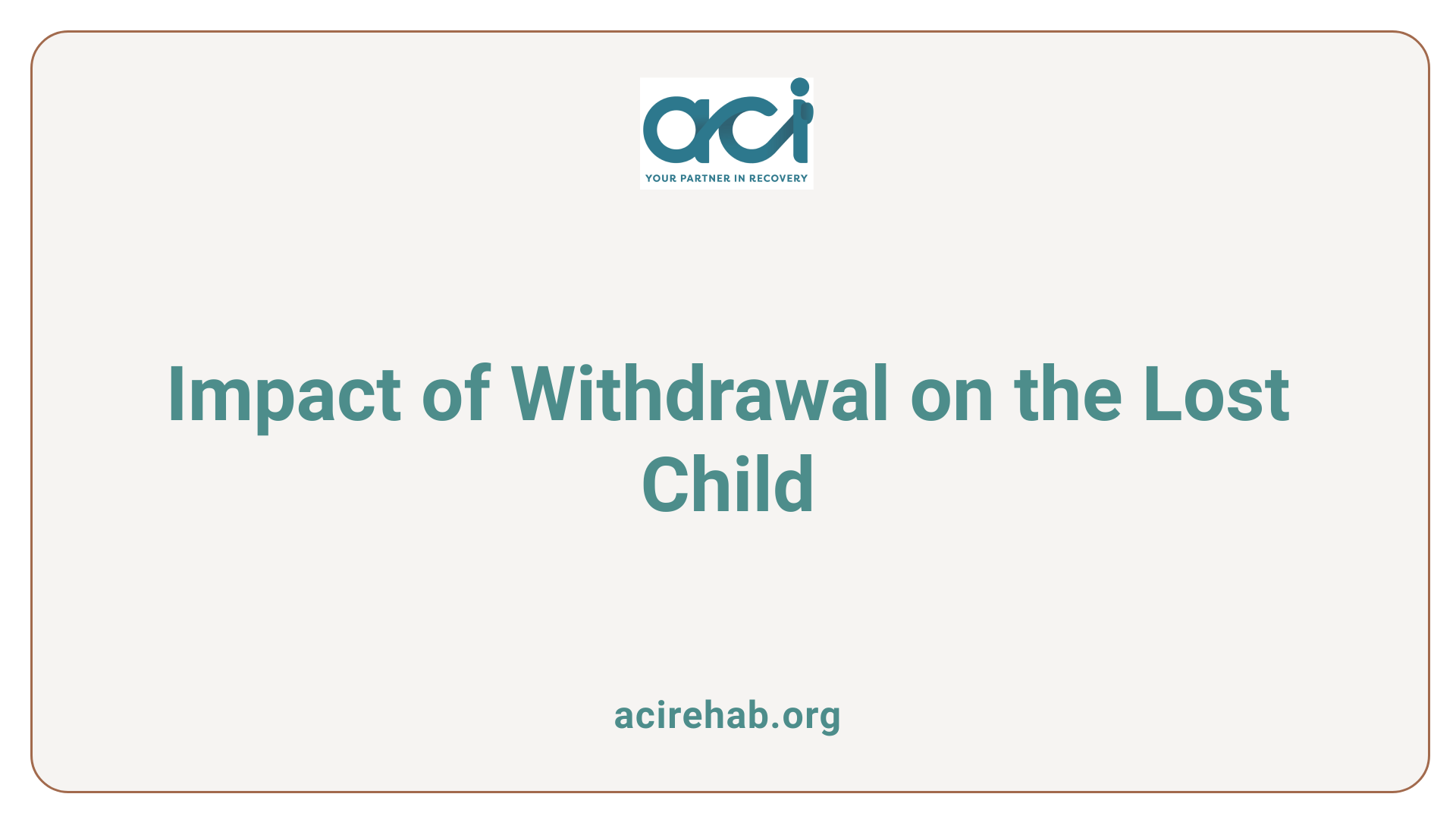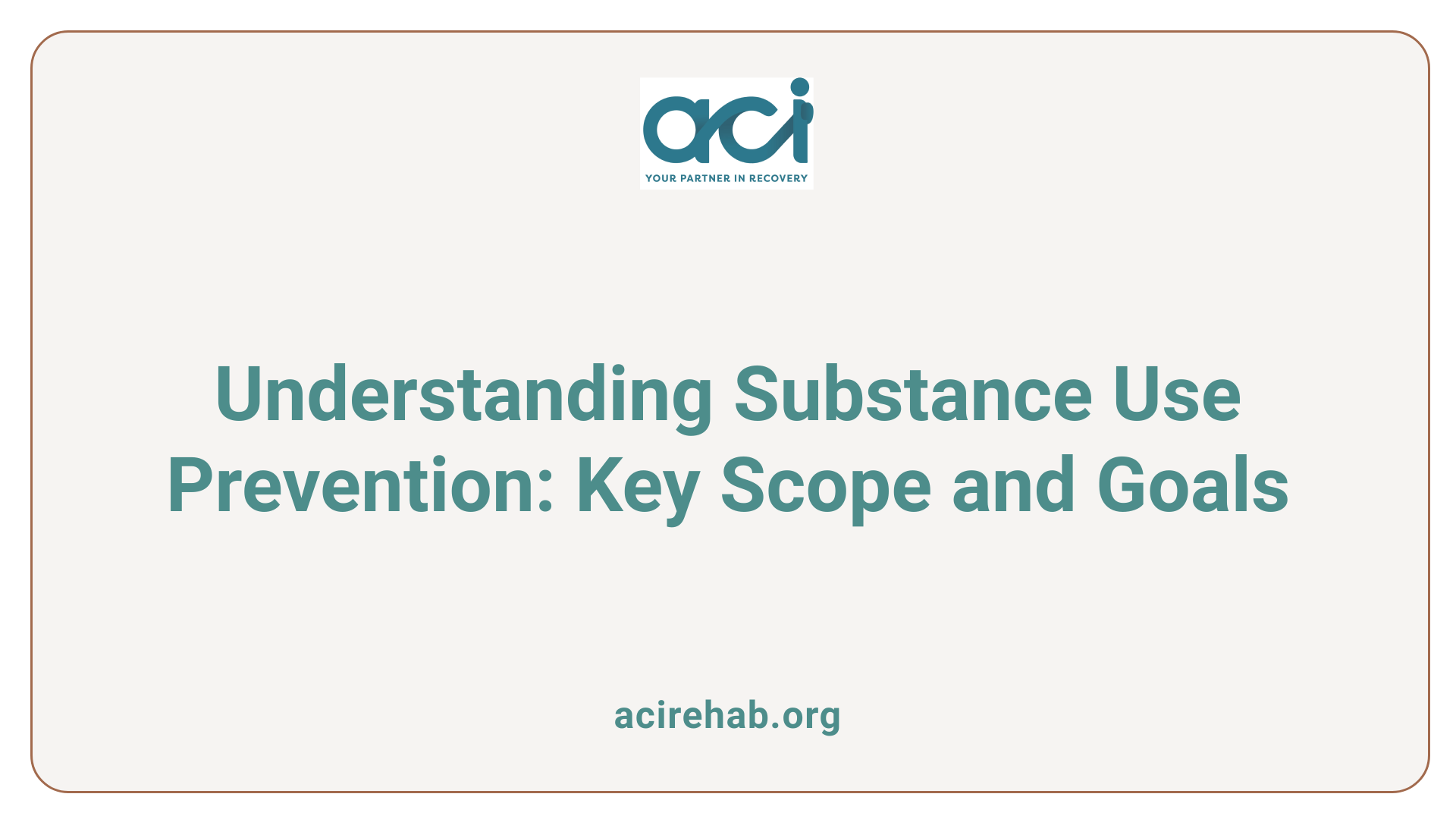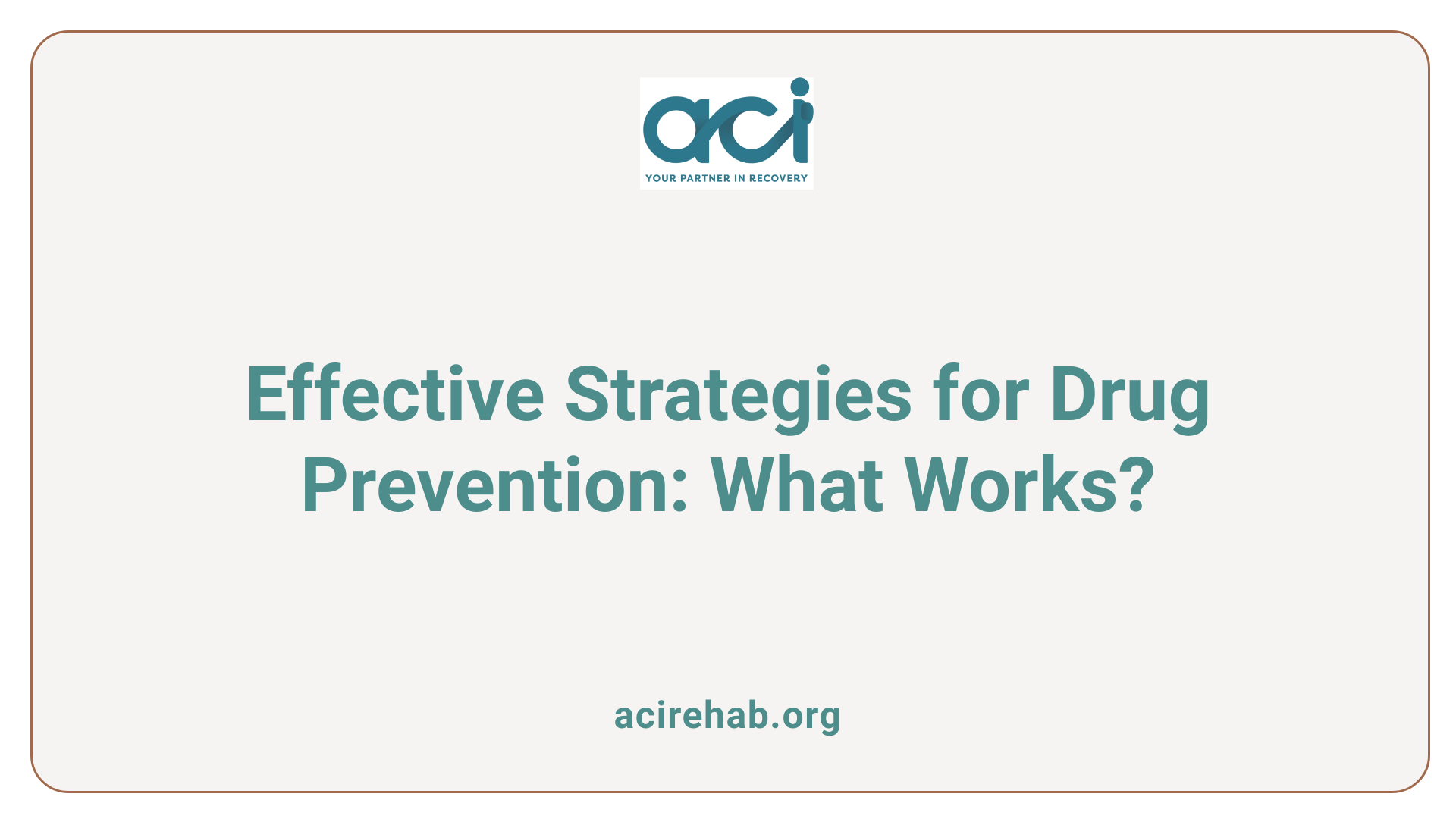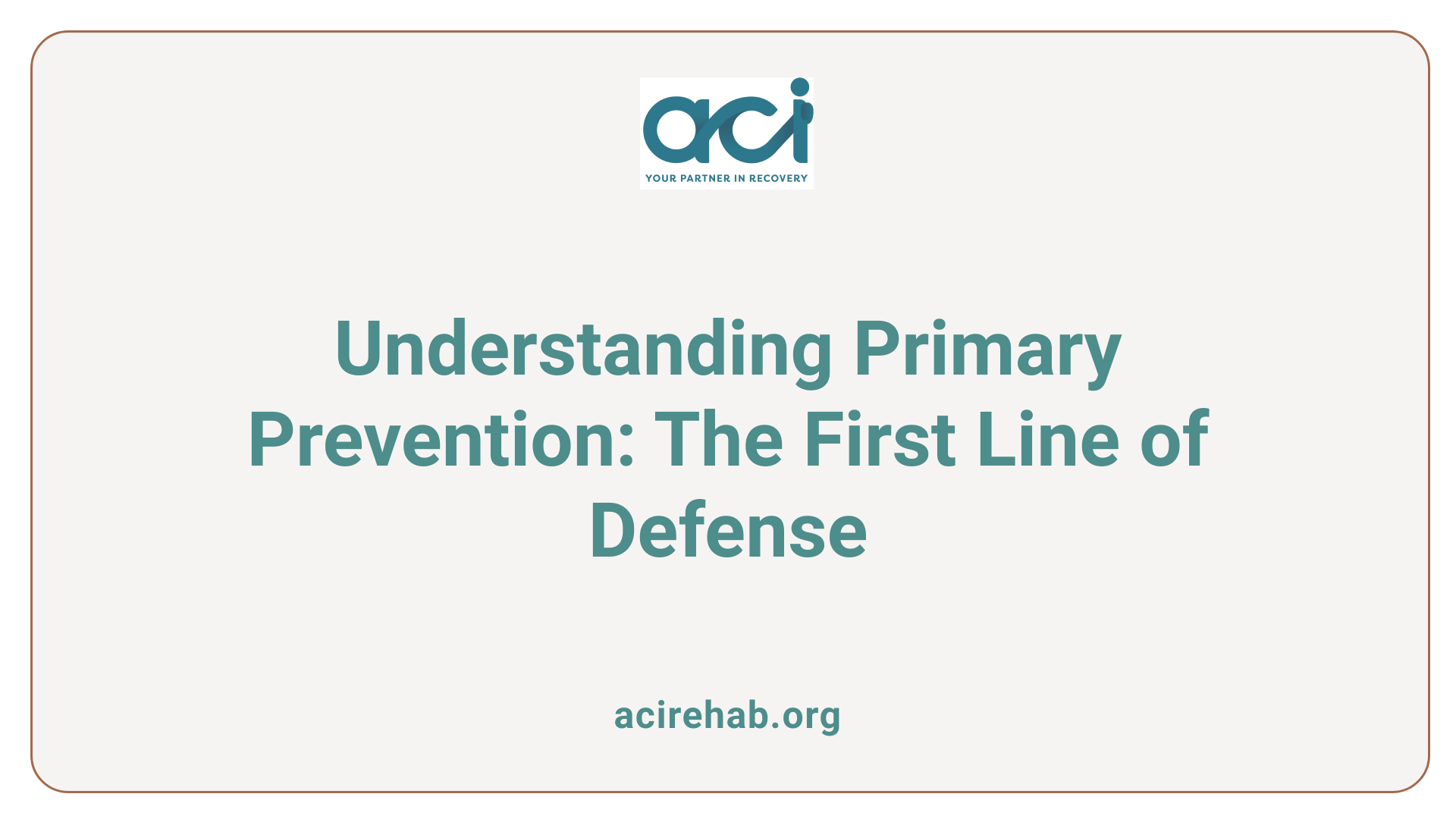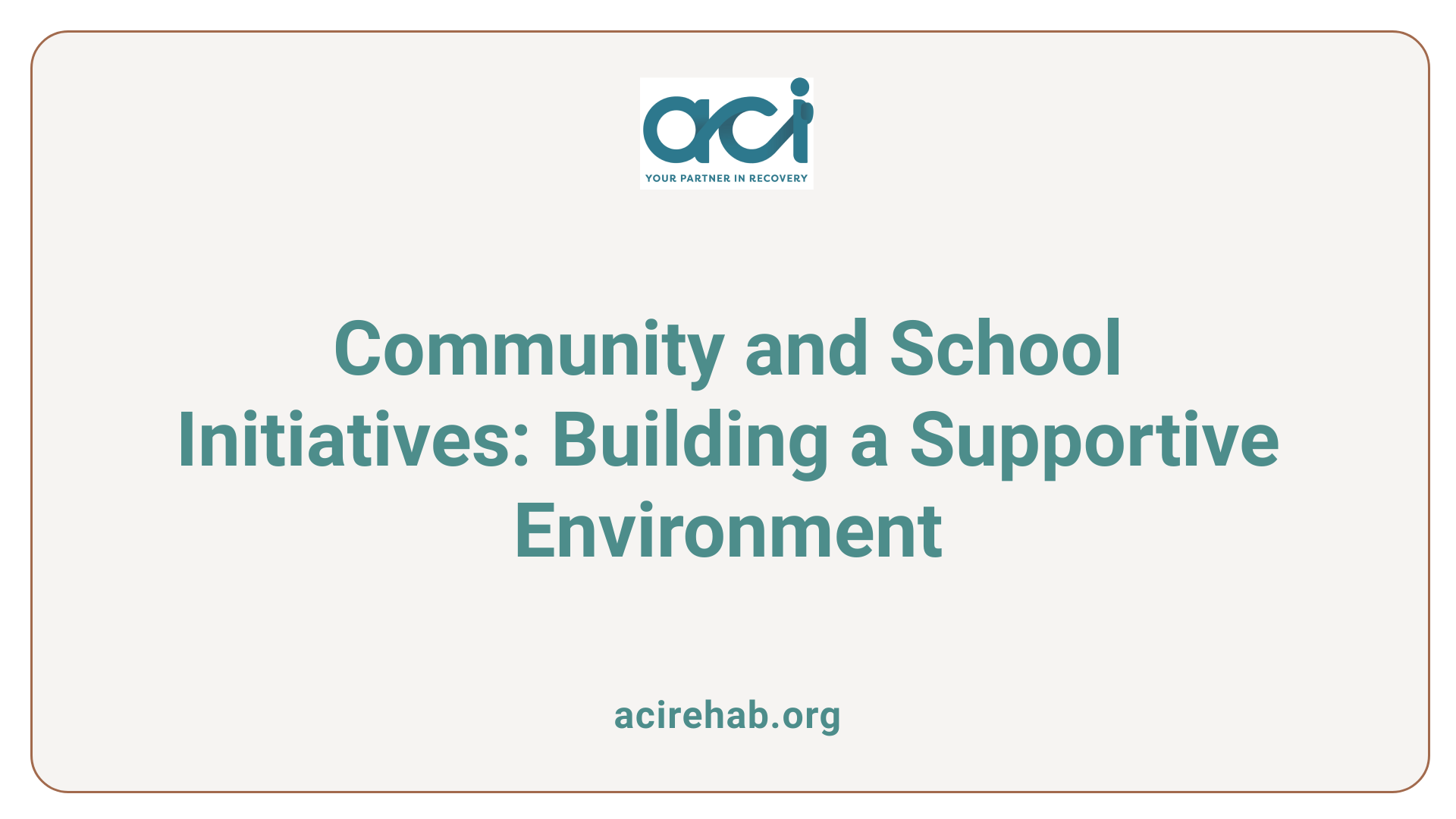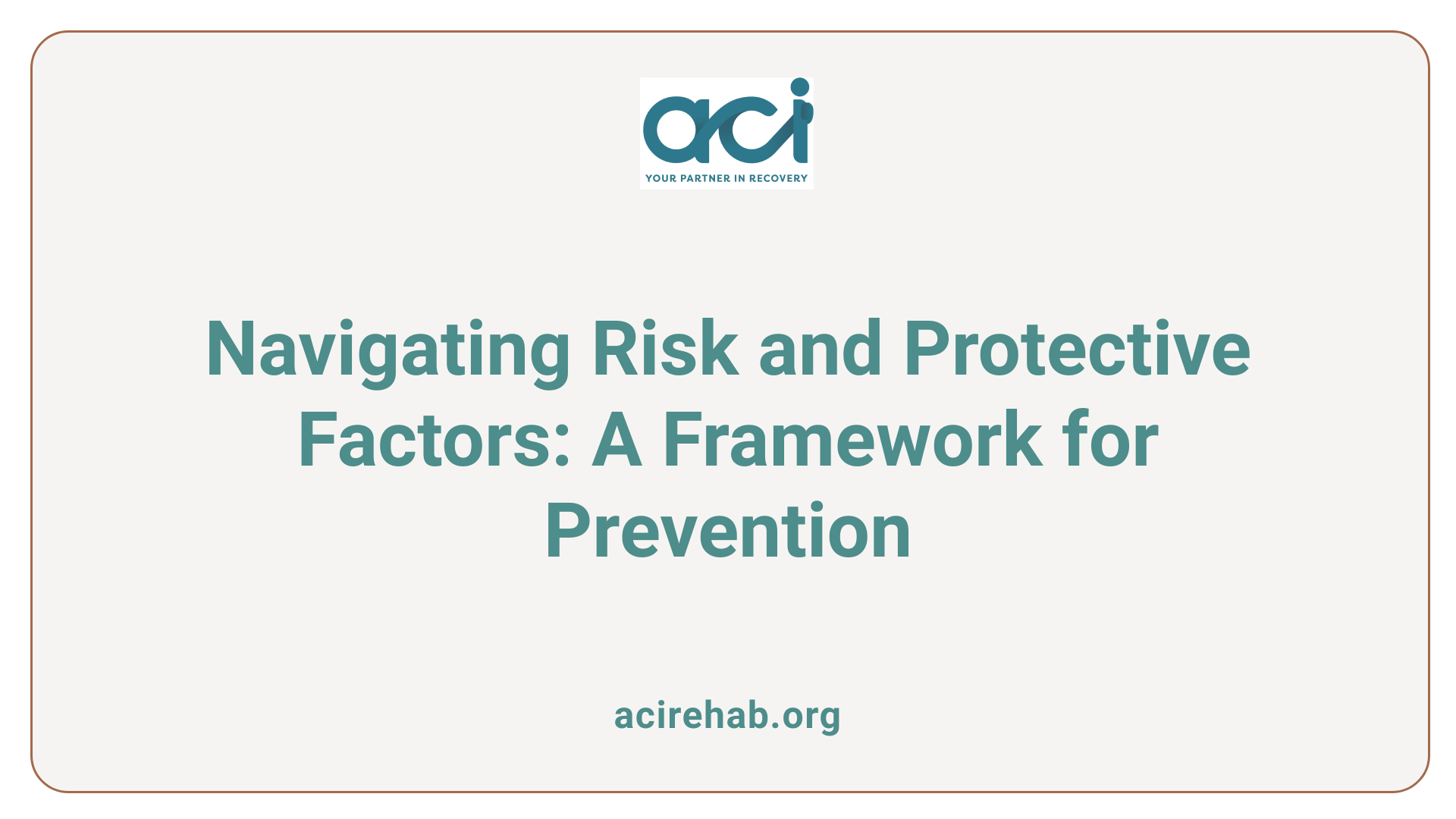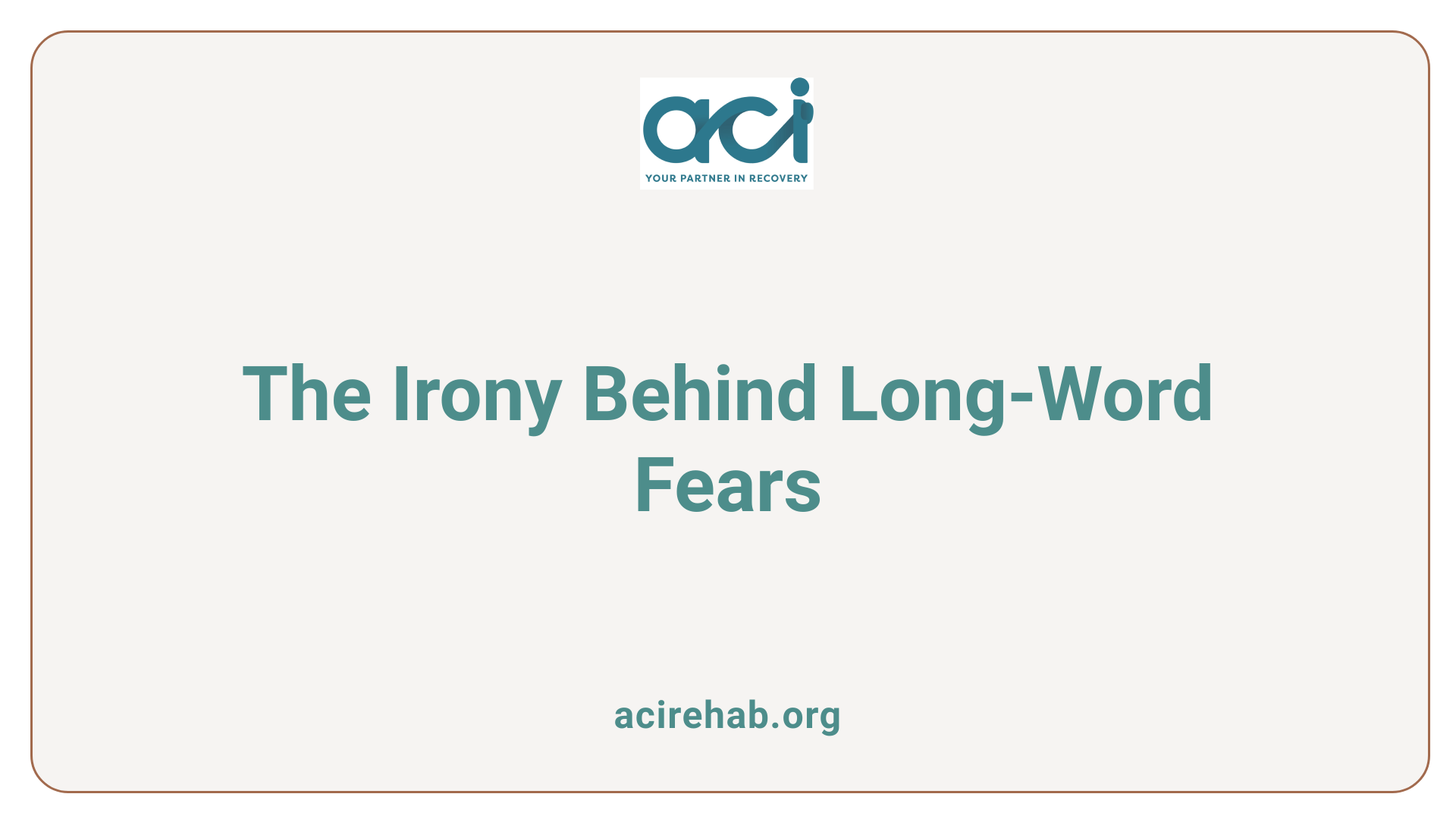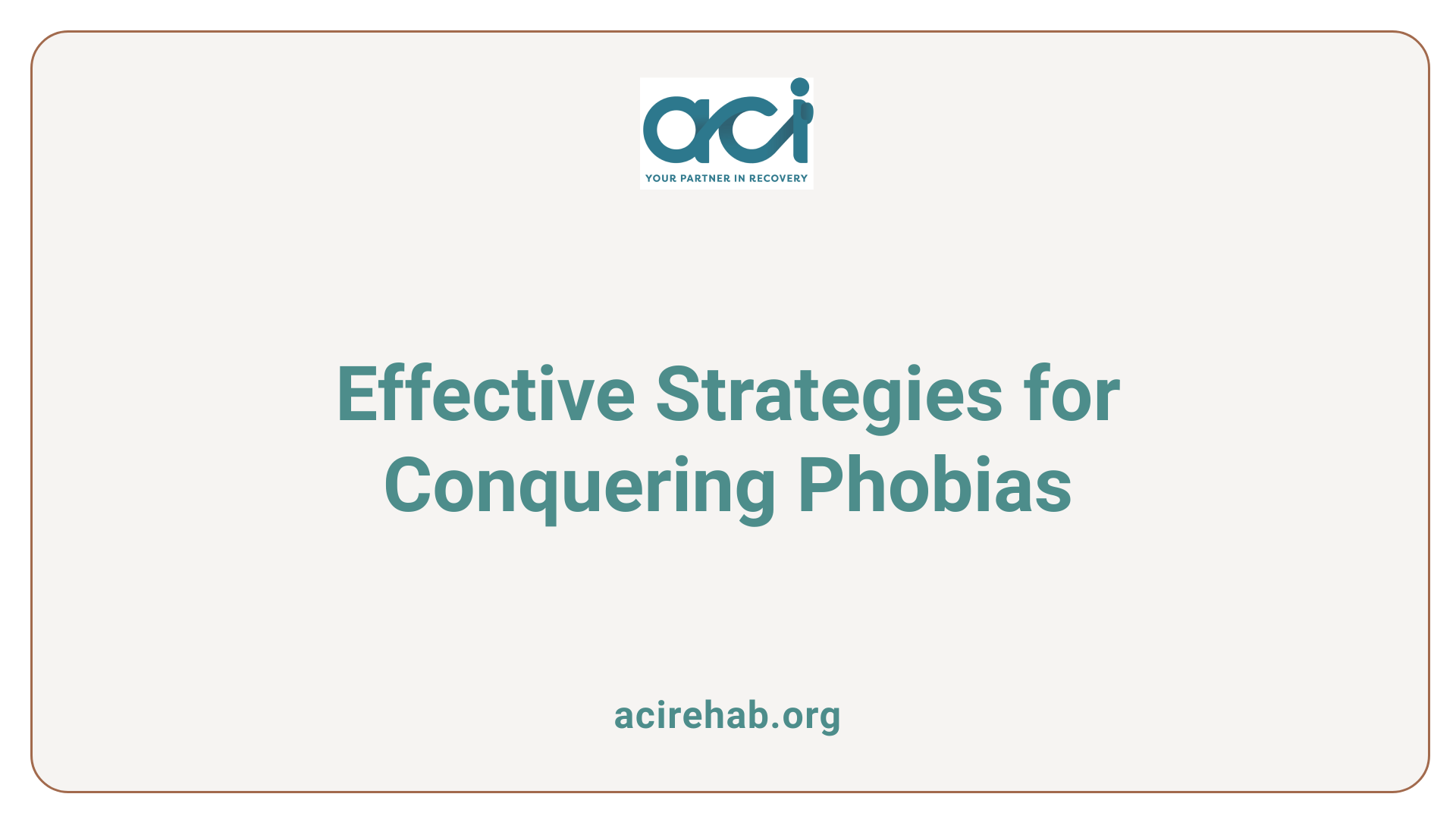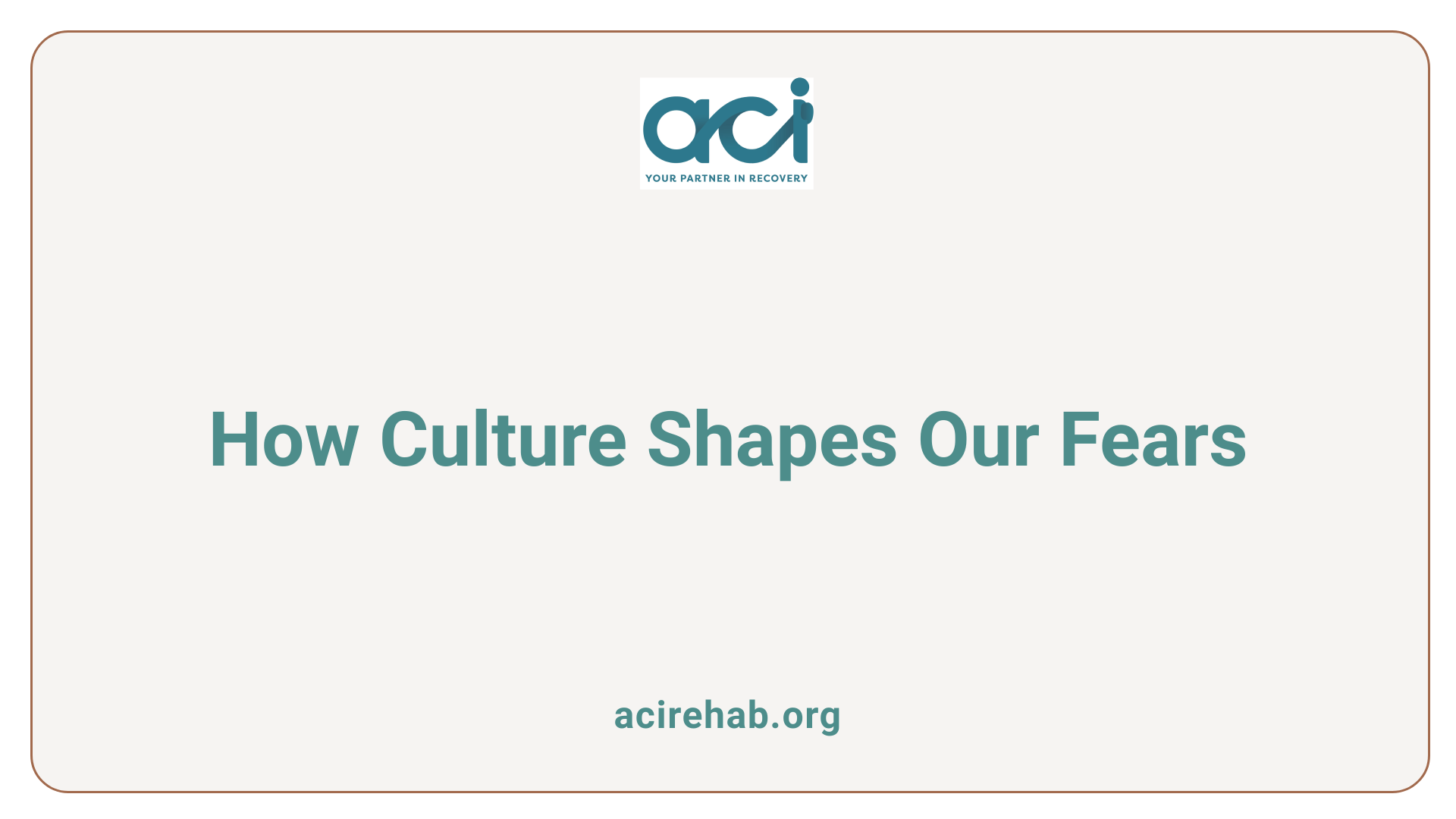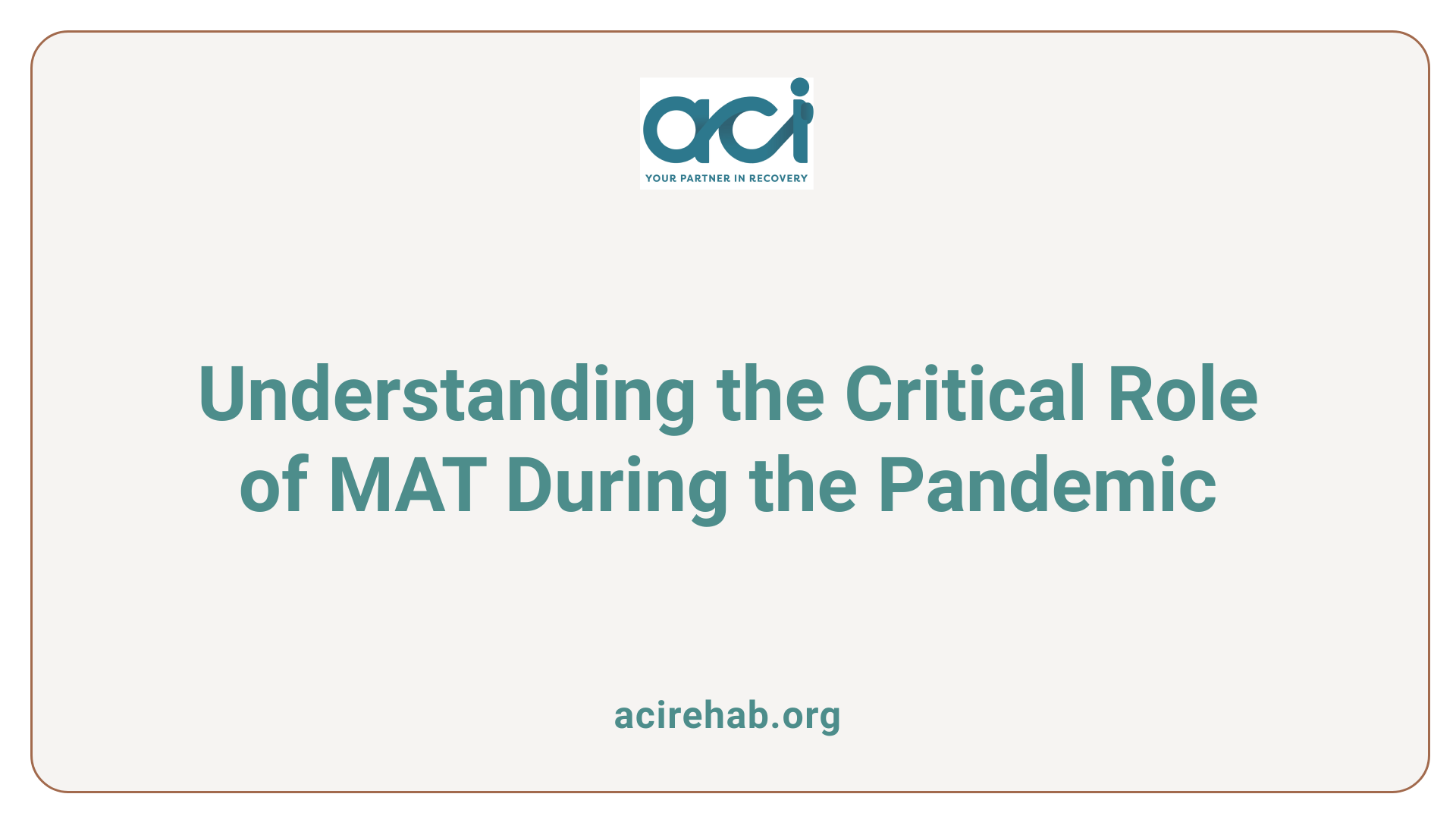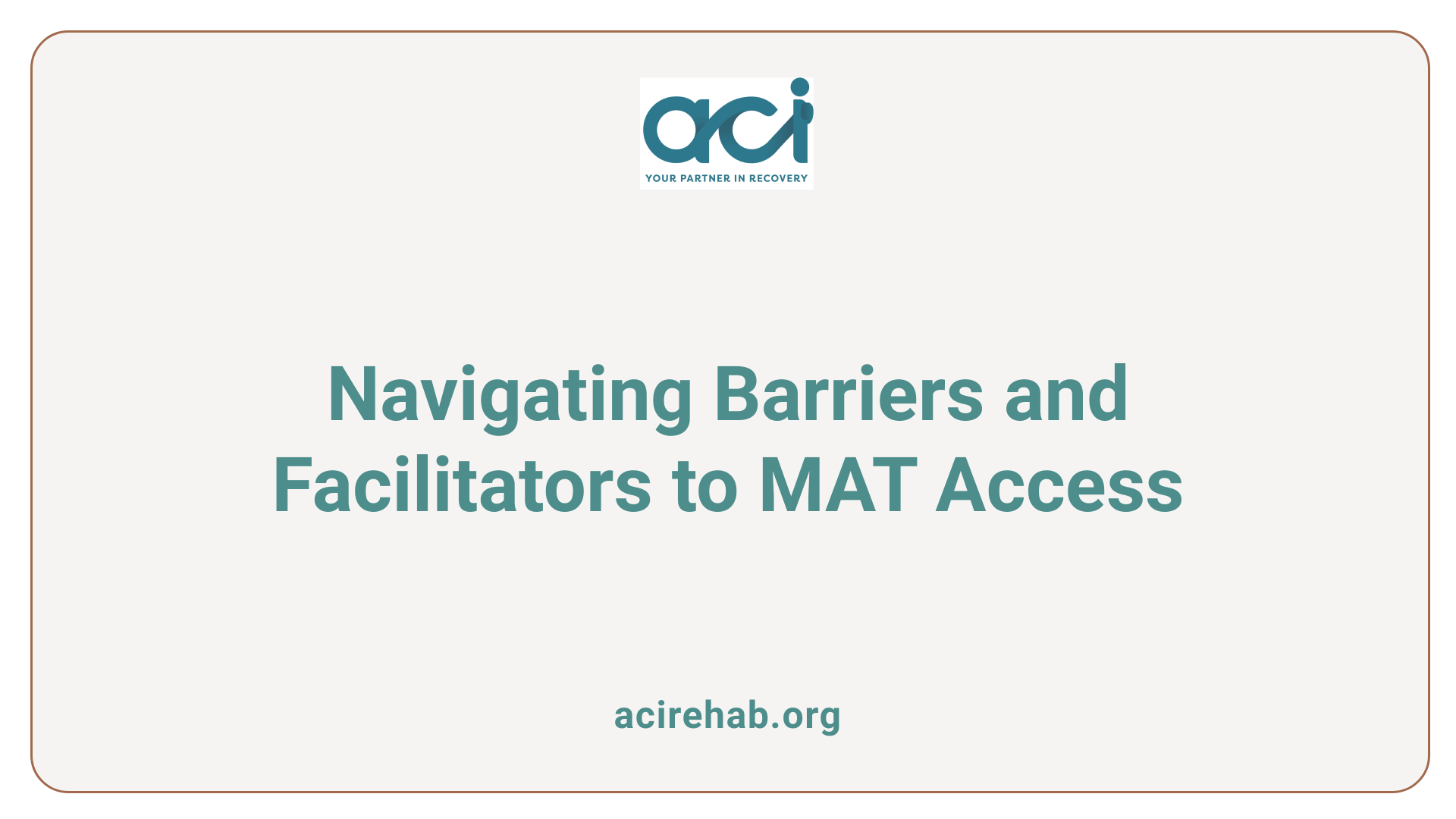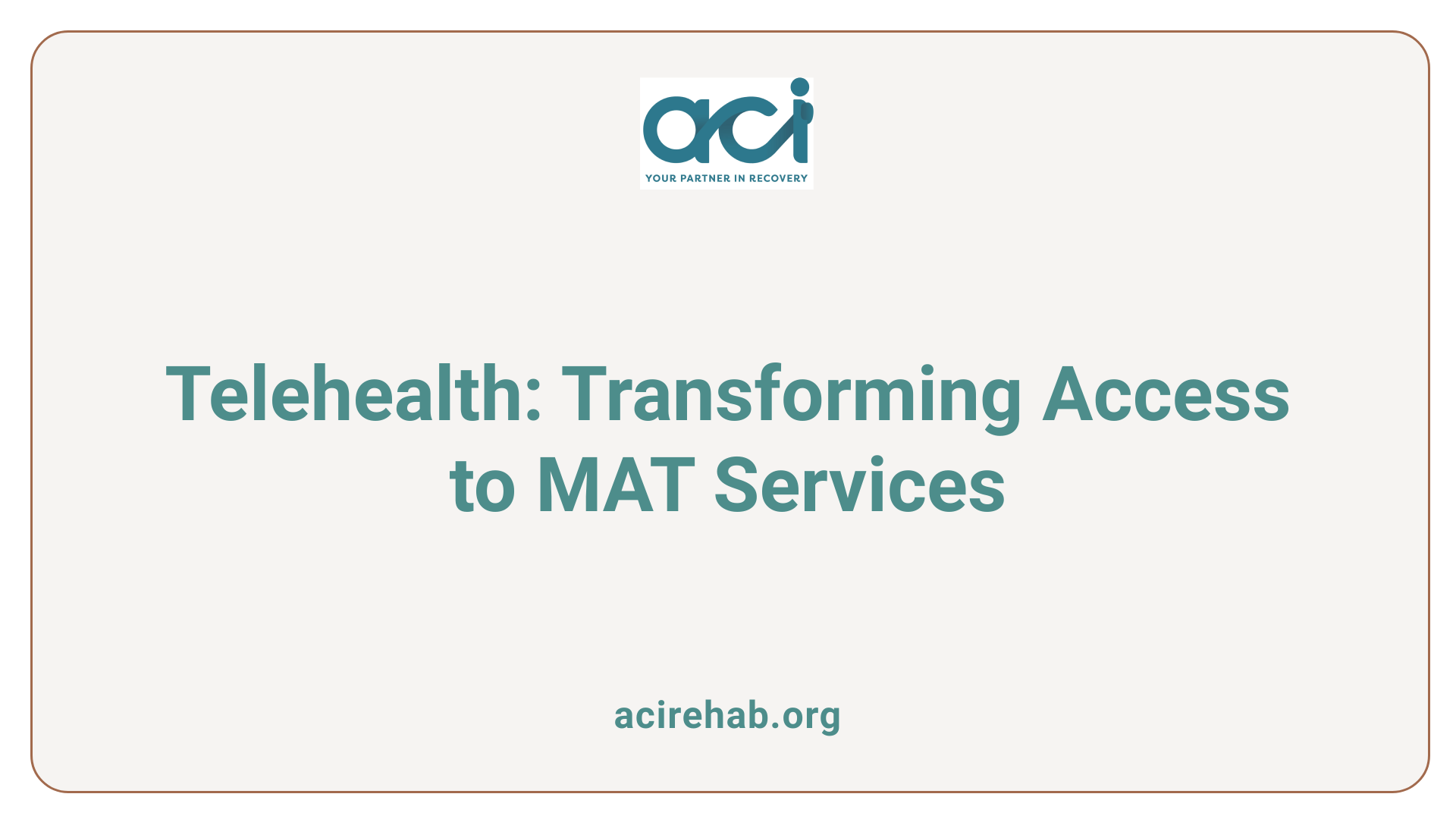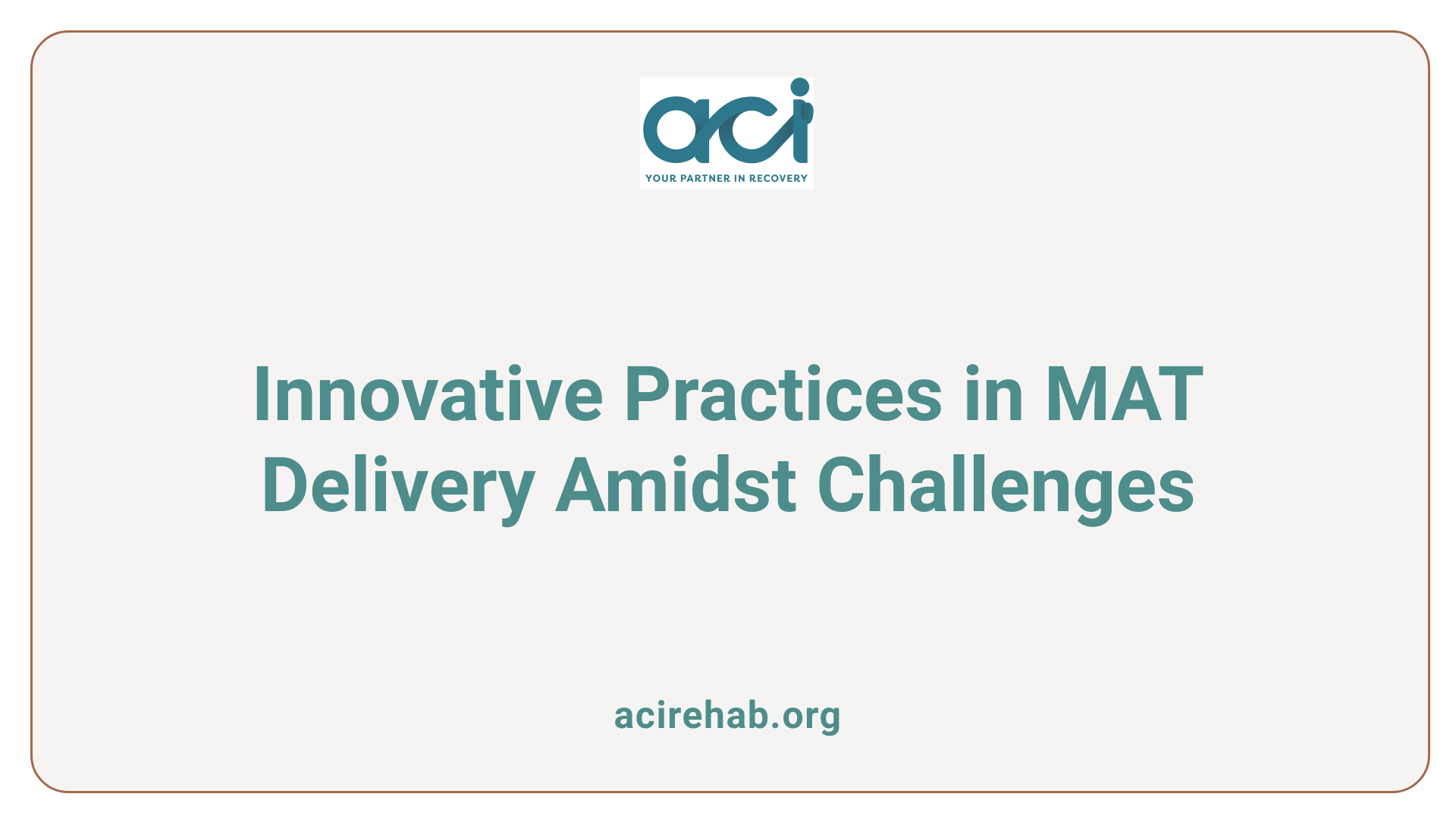Exploring Community Engagement in Prevention
Teen prescription drug abuse is a growing concern that requires comprehensive prevention strategies. Community-based prevention programs have emerged as effective solutions to address this troubling issue. By engaging local partners and focusing on critical protective factors, these programs aim to foster healthier environments for adolescents. This article delves into the mechanisms through which community-based initiatives mitigate the risk of prescription drug misuse among teens, the research supporting their efficacy, and the challenges they face in implementation.
The Role of Community in Preventing Drug Abuse
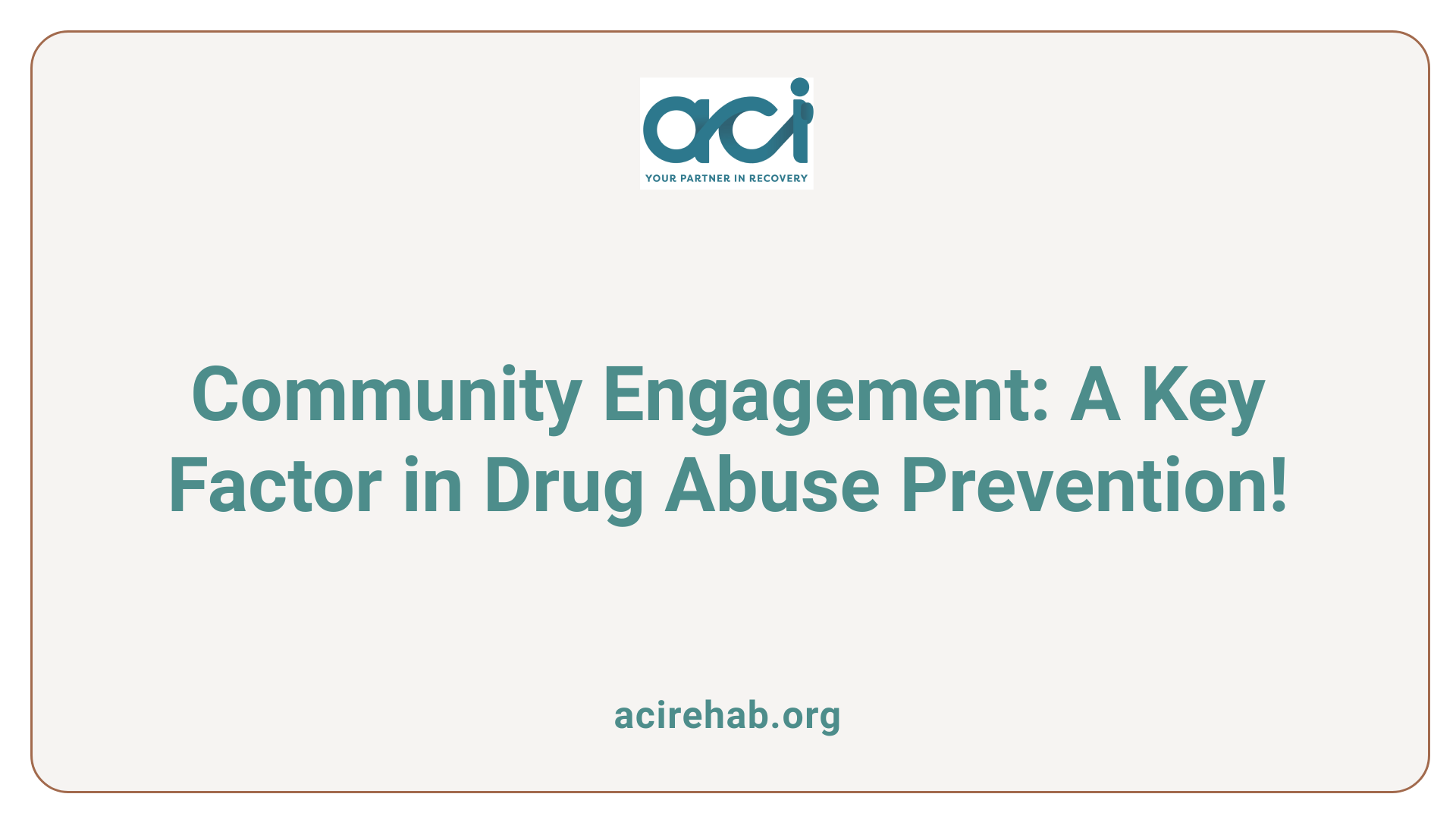
How can the community help prevent drug abuse?
The community is a powerful ally in the complex fight against drug abuse, especially among adolescents. By actively engaging families, schools, and local organizations, communities can create a supportive environment that emphasizes healthy choices and positive behaviors. This involves fostering open conversations about the dangers of drug use, encouraging honest discussions within families and peer groups.
Strong communication is essential. By promoting active listening and establishing two-way dialogue, community members can better address concerns related to substance use. Such discussions not only shape personal values but also strengthen familial bonds, which are critical protective factors against drug abuse.
Effective community strategies include:
- Educational Programs: Informing youth and parents about drug risks enhances awareness.
- Positive Role Modeling: Adults setting healthy examples can significantly influence younger generations.
- Organized Activities: Creating opportunities for youths to engage in healthy, alternative activities can deter them from drug use.
- Support Systems: Active community support, including intervention services and wellness programs, can address substance use risks promptly.
In summary, through collaboration, education, and the promotion of healthy lifestyles, communities can significantly mitigate the risks associated with drug abuse.
Effective Prevention Strategies for Prescription Drug Abuse
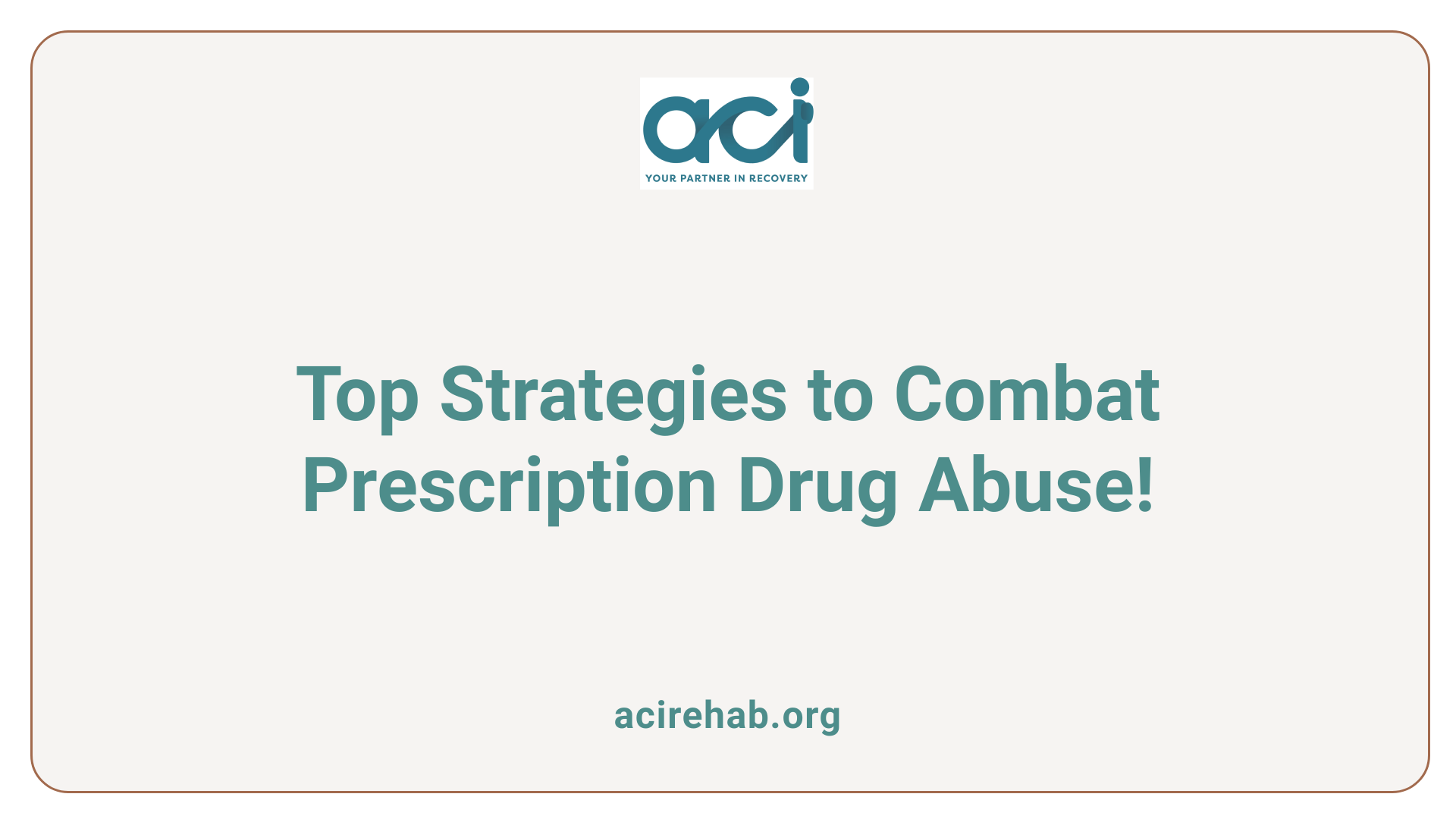
What are some effective ways to prevent prescription drug abuse?
Preventing prescription drug abuse involves a multifaceted approach that targets education, monitoring, and community engagement. Here are significant strategies:
-
Patient Education: Teaching patients about the importance of following prescription instructions is fundamental. They should understand risks associated with misuse, the dangers of sharing medications, and the significance of proper disposal techniques for unused drugs.
-
Clinical Monitoring: Regular patient check-ins can help clinicians identify signs of misuse early on. Discussing treatment options when concerning behaviors are detected can successfully alter risky patterns.
-
Prescription Drug Monitoring Programs (PDMPs): These programs are crucial in tracking the prescribing and dispensing of controlled substances. By monitoring prescriptions, PDMPs discourage doctors and patients from engaging in drug misuse.
-
Role of Pharmacists: Pharmacists are sometimes the first point of contact for patients. Their involvement in monitoring prescriptions and providing education about safe medication practices is essential.
-
Abuse-Deterrent Formulations (ADF): Developing and implementing medications designed to deter misuse can significantly reduce the risk associated with prescription drugs.
Encouraging community engagement and family involvement further supports these strategies, making it a collective effort against substance abuse.
Integrated Strategies in Community-Based Programs
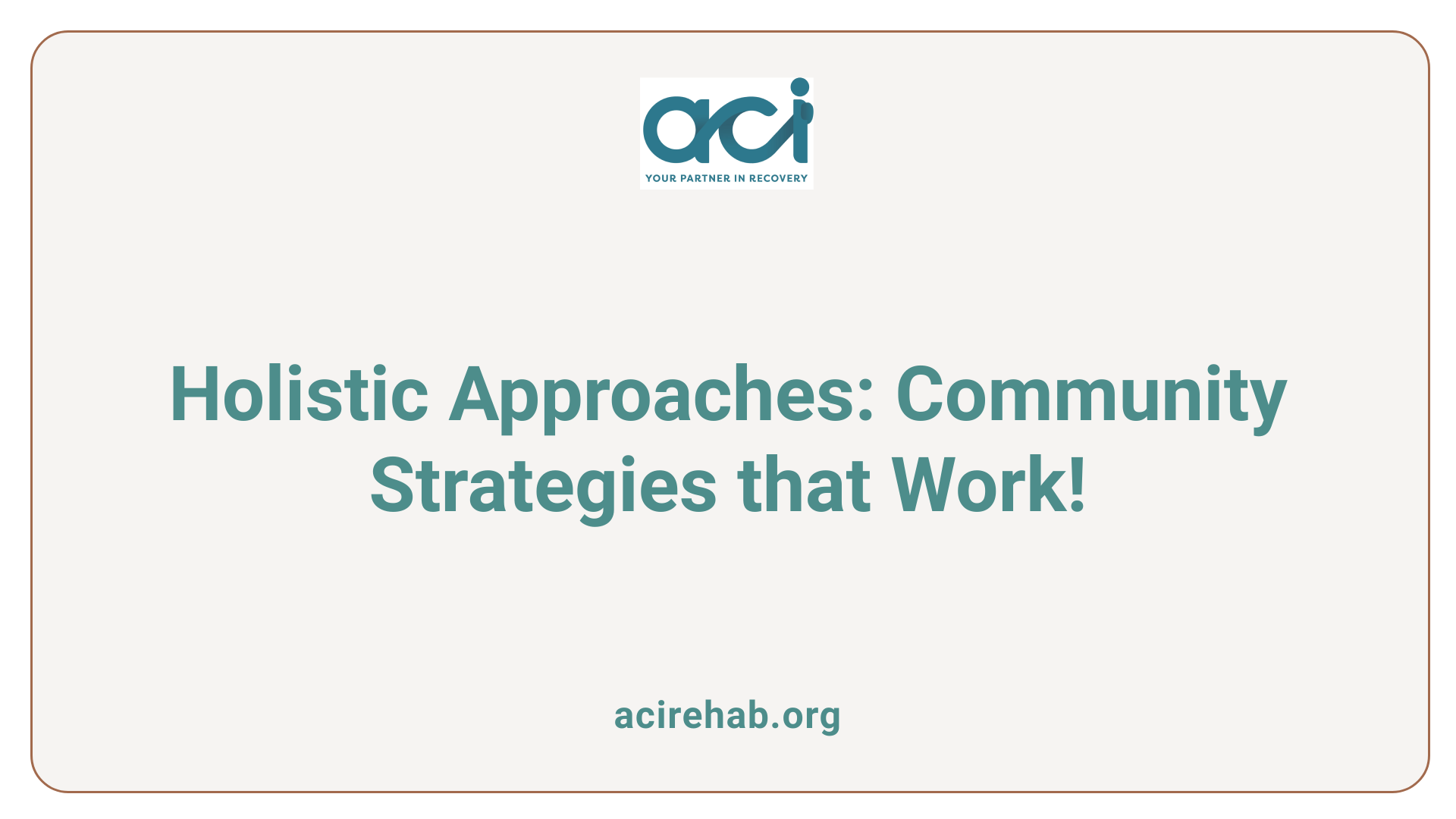
What strategies do community-based programs use to reduce the risk of prescription drug misuse among youth?
Community-based prevention programs leverage a comprehensive approach to effectively reduce the risk of prescription drug misuse among youth. They implement a combination of school-based initiatives, family involvement, and community engagement strategies.
School-Based Initiatives
Programs like Life Skills Training (LST) and All Stars specifically target middle school students, providing them with critical insights about the dangers of substance use. They empower adolescents with skills to resist peer pressure and manage personal challenges. Moreover, structured programs often feature interactive elements that enhance student engagement, ensuring that the message stays relevant and impactful.
Family Involvement
Family-focused programs, such as Functional Family Therapy (FFT) and Family Matters, emphasize strengthening family dynamics through improved communication and parental involvement. These initiatives work to enhance parental monitoring and create supportive home environments where open dialogue about substance use is encouraged, leading to reduced likelihood of drug misuse.
Community Engagement
Successful prevention efforts also focus on engaging community stakeholders, including local leaders, healthcare providers, and educational institutions. Community mobilization fosters a collective effort in addressing substance misuse by creating a supportive social network. Programs like the Drug Free Communities Support Program encourage collaboration, which is crucial for tailoring solutions to local needs.
Evidence-Backed Outcomes
Empirical research shows that these integrated strategies consistently yield positive results. Studies indicate significant reductions in substance use behaviors among participants, ultimately promoting healthier choices and lifestyles among adolescents.
Research Findings: Impact of Community Programs on Teen Prescription Abuse
Effectiveness of Programs
Community-based prevention programs have emerged as critical tools in combating adolescent substance use, particularly prescription drug abuse. By utilizing a multifaceted approach—combining school-based education, family involvement, and community initiatives—these programs aim to address the root causes of substance misuse. Programs like the Life Skills Training (LST) and Functional Family Therapy (FFT) emphasize fostering strong family dynamics and equipping teens with skills to resist peer pressure. Research shows these initiatives can substantially reduce substance use, with studies indicating reductions in prescription drug abuse by 20% to 65% compared to control groups.
Research Evidence
A longitudinal study highlighted the long-term benefits of these community interventions, showing that participants sustained lower rates of substance abuse well into young adulthood. For instance, the PROSPER prevention programs reported a 65% reduction in overall prescription drug misuse among young adults who engaged in them during middle school. Other evidence demonstrates that community engagement enhances program effectiveness, with coordinated messages from parents, educators, and local leaders crucial for fostering healthy behaviors and community support. Overall, the data underscore how tailored, community-led strategies not only mitigate risks associated with substance misuse but also encourage positive developmental outcomes for adolescents.
Understanding Challenges in Prevention Efforts
What are the challenges communities face in implementing effective prevention strategies for youth substance abuse?
Communities encounter several hurdles when attempting to implement effective prevention strategies aimed at youth substance abuse.
- Resource Limitations: Many communities lack the financial and human resources needed to sustain comprehensive prevention programs.
- Stigma: The stigma surrounding substance misuse can prevent families and individuals from seeking help or participating in community initiatives.
- Coordination: Insufficient coordination among services creates gaps in access to treatment and prevention interventions, leading to fragmented support systems.
- Competing Priorities: Organizations may have competing priorities that distract from focusing on substance use prevention, making it challenging to prioritize these initiatives.
- Low Political Support: A lack of political prioritization for funding and support can stall the development of impactful community programs.
- Geographical Barriers: Particularly in rural areas, transportation issues and a shortage of local mental health services can severely limit access to needed resources.
- Family Engagement: Engaging families in prevention programs is often difficult, especially in at-risk populations, which can undermine program effectiveness Overall, these challenges complicate the collective efforts needed to address youth substance abuse systematically.
Case Studies: Successful Prevention Initiatives
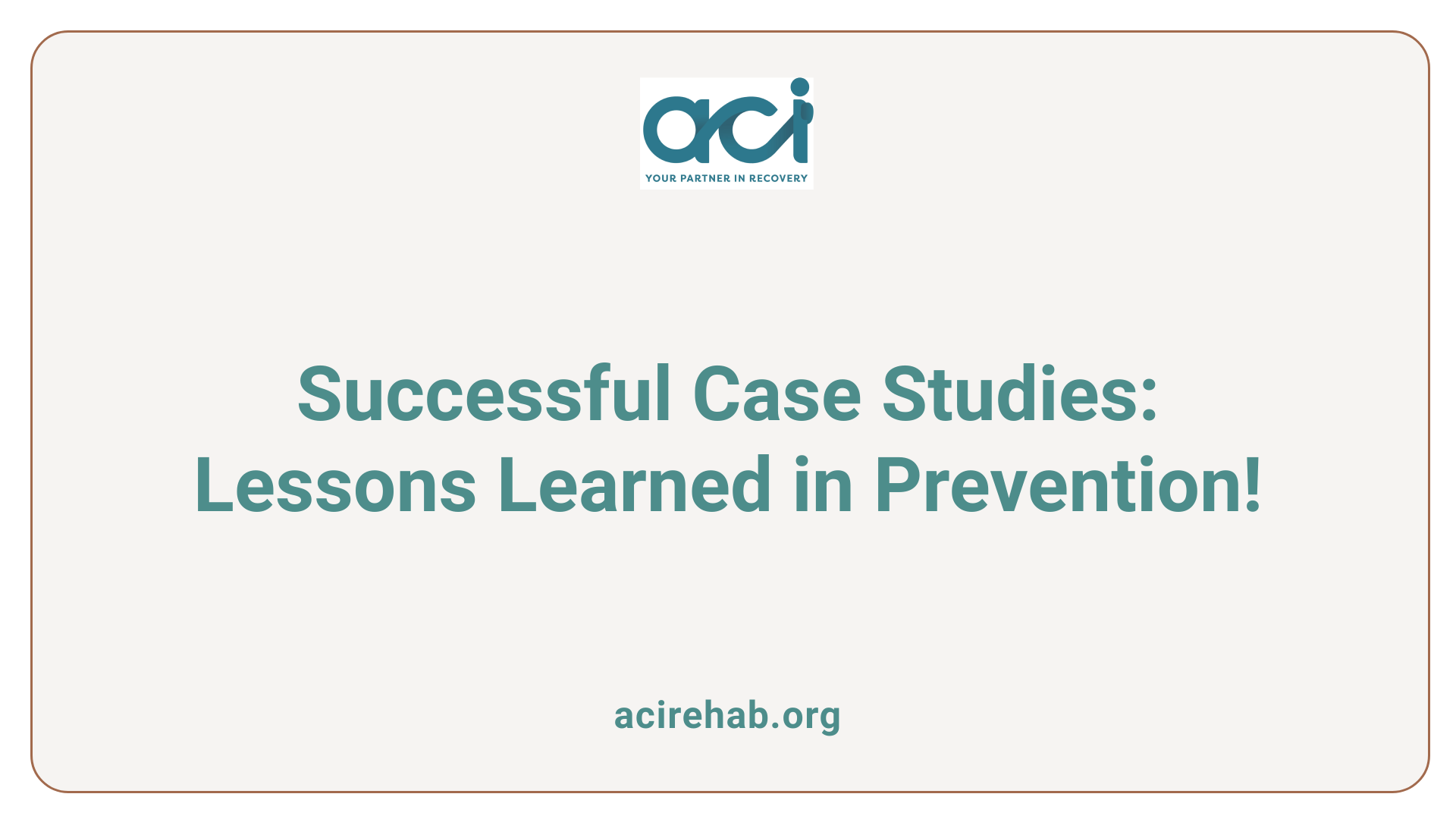
Examples of Effective Programs
Community-based prevention programs have shown substantial success in tackling adolescent substance abuse. Among the notable examples are:
- Life Skills Training (LST): This program equips youth with decision-making skills and strategies to resist peer pressure, significantly decreasing rates of drug use.
- Functional Family Therapy (FFT): By enhancing family dynamics and communication, FFT contributes to lowers rates of substance misuse among teens.
- PROSPER Program: Targeting middle schoolers, this initiative has been shown to reduce prescription drug misuse by up to 65%, while also fostering positive family connections and improving life skills.
- Communities That Care (CTC): Focused on engaging multiple community stakeholders, CTC has led to a 49% increased likelihood of youth abstaining from gateway drugs.
Impact Assessment
Research highlights the effectiveness of these programs in producing long-lasting results. For example, participants in the PROSPER program demonstrated improved relationships with their parents and decreased engagement in problem behaviors, showcasing benefits beyond substance misuse prevention. Additionally, community mobilization efforts, such as through the Drug Free Communities Support Program, empower local residents to take ownership of their initiatives, leading to notable declines in substance use within their communities.
These case studies reflect how structured, evidence-based approaches in community settings can yield a significant reduction in adolescent substance abuse and its associated risks.
Innovative Approaches and Theoretical Frameworks
Innovative Methods
Community-based prevention programs have embraced innovative methods that harness local resources and relationships. Multi-faceted strategies such as the Community Trials Intervention to Reduce High-Risk Drinking leverage awareness campaigns, educational workshops, and environmental interventions to address adolescent substance abuse effectively. Programs like PROSPER have shown remarkable success by integrating family involvement with community education, yielding significant reductions in prescription drug misuse by up to 65% among participants.
School initiatives such as Life Skills Training and All Stars focus on providing youths with practical skills to resist peer pressure, promoting healthier decision-making. Incorporating interactive elements into curricula enhances engagement and makes learning about substance risks more impactful.
Theoretical Support
The effectiveness of these programs often rests on robust theoretical frameworks. The socio-ecological model evaluates risk and protective factors at various environmental levels—individual, family, and community—enabling tailored interventions. This approach ensures that prevention strategies address root causes rather than merely symptoms, fostering an environment conducive to healthy choices. Additionally, Functional Family Therapy improves family dynamics, which has been found to reduce substance misuse effectively.
Leveraging evidence-based theories not only strengthens programming but also facilitates community coalitions in implementing interventions that cater specifically to local needs, ultimately promoting healthier behaviors among adolescents.
The Long-term Impact of Prevention Programs
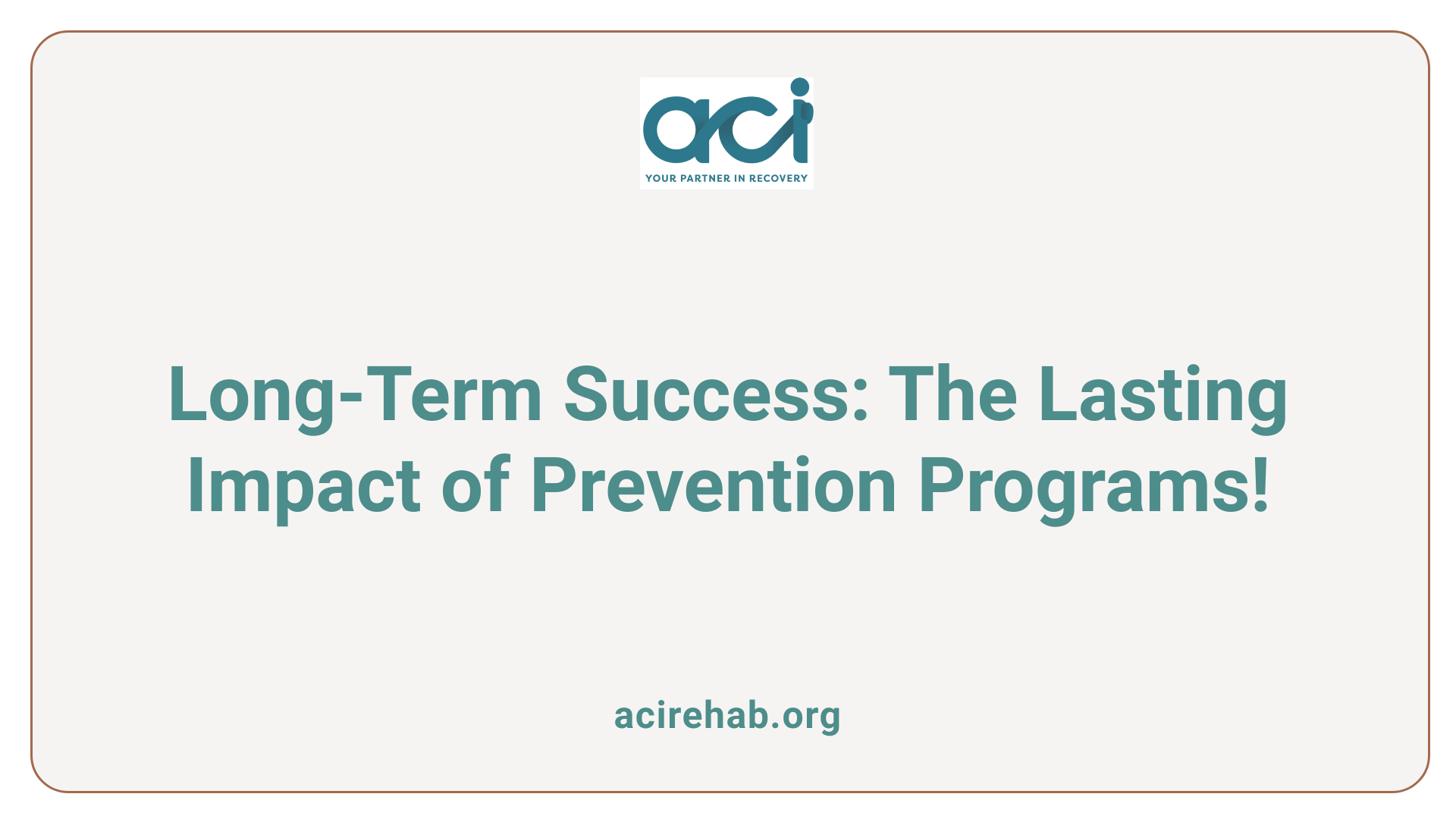
Sustained Outcomes
Research demonstrates that community-based prevention programs can create enduring changes in adolescent substance use patterns. Notably, studies indicate that participation in programs such as the PROSPER initiatives has resulted in a remarkable reduction in the likelihood of prescription drug abuse, achieving long-term decreases of 20% to 65% in follow-up assessments. Participants not only exhibited lower rates of substance use but also displayed improved relationships with their parents, vital life skills, and healthier overall behaviors.
Future Implications
The lasting effects of these programs suggest that early intervention is crucial. Engaging adolescents in structured, evidence-based activities can significantly counteract risks of substance misuse well into adulthood. Programs that emphasize parental involvement and community support ensure that protective factors are reinforced, thus promoting healthier choices among youth. By continuing to mobilize local resources, communities can adapt and sustain these successful interventions, addressing the ongoing challenges of substance use as they evolve.
Conclusion: Empowering Communities for Lasting Change
Community-based prevention programs are a cornerstone of efforts to combat teen prescription drug abuse. By leveraging local resources, engaging families, and emphasizing early intervention, these initiatives not only reduce immediate drug misuse but also foster positive long-term impacts on adolescent health and behavior. Continued support and innovation in these programs are essential to address the evolving challenges of substance abuse, ensuring safer communities and healthier futures for our youth.
References
- Evidence-Based Interventions for Preventing Substance Use …
- Prevention efforts focused on youth reduce prescription abuse into …
- Community-Based Prevention Programs Reduce Likelihood of Teen …
- Community-Based Programs Prevention Programs to Reduce Teen …
- Community-Based Prevention Strategies | The White House
- Community-Led Prevention Programs for Teen Prescription Abuse
- Prevention Programs for Youth and Families – RHIhub Substance …
- State Strategies for Preventing Substance Use and Overdose …



